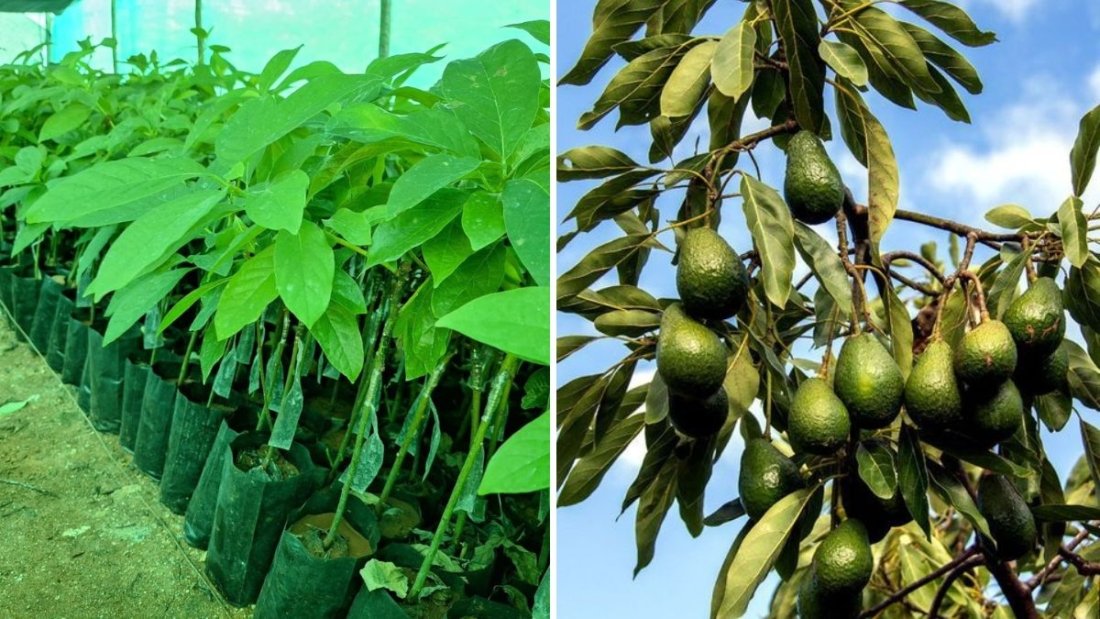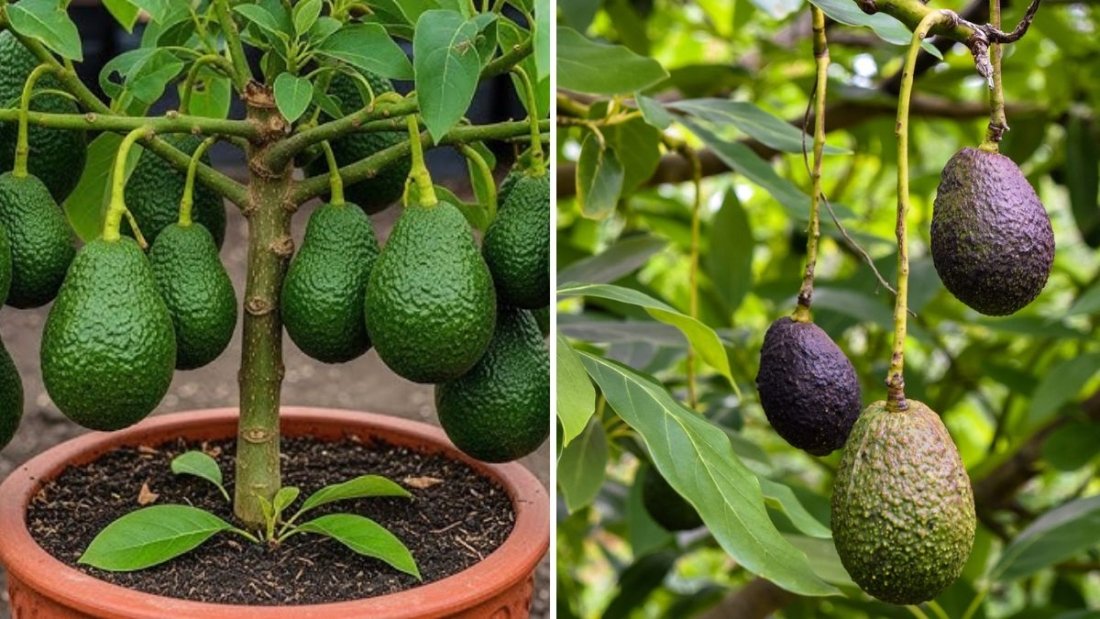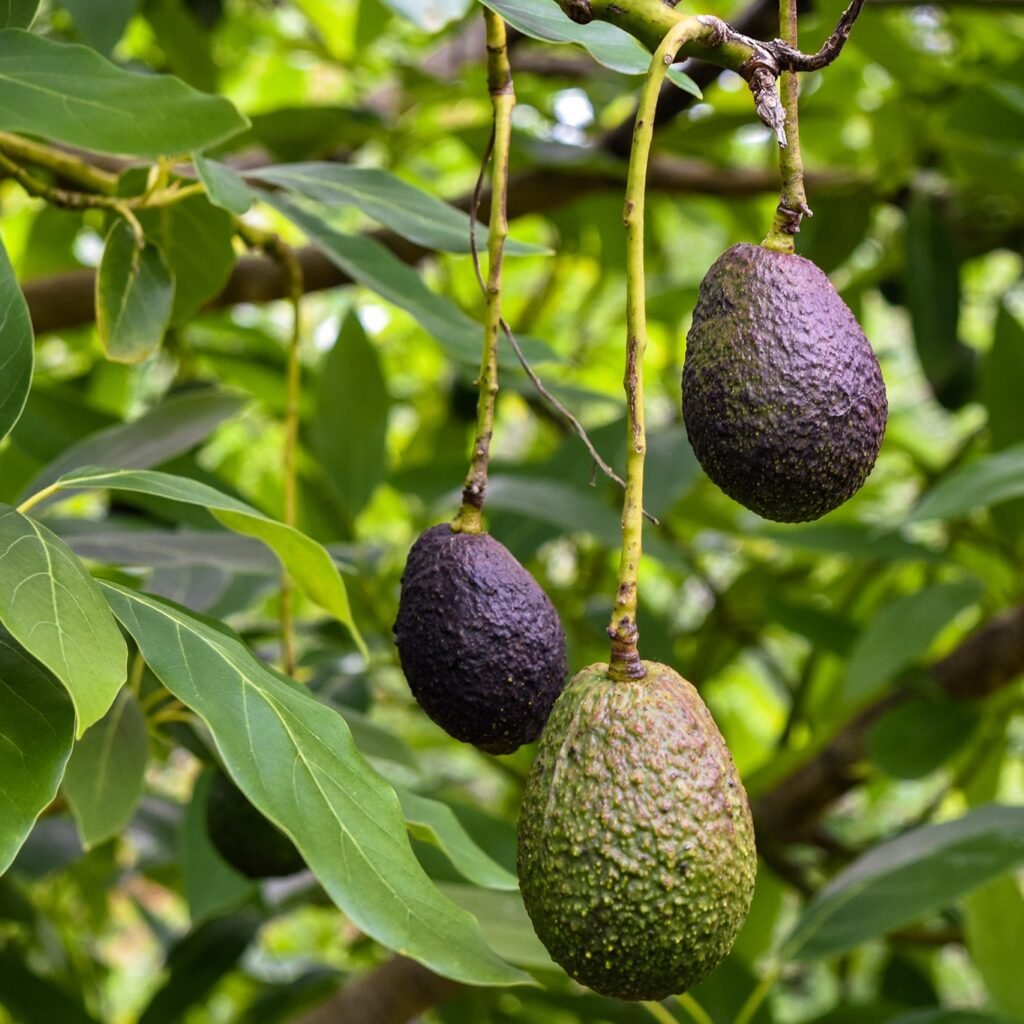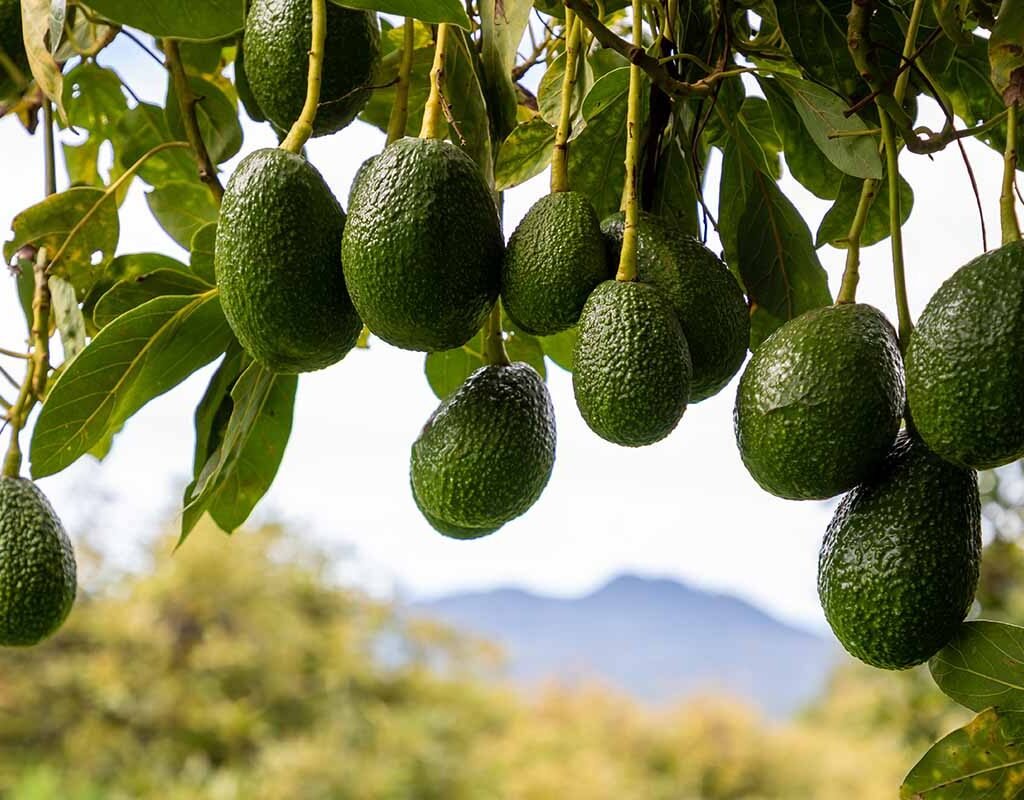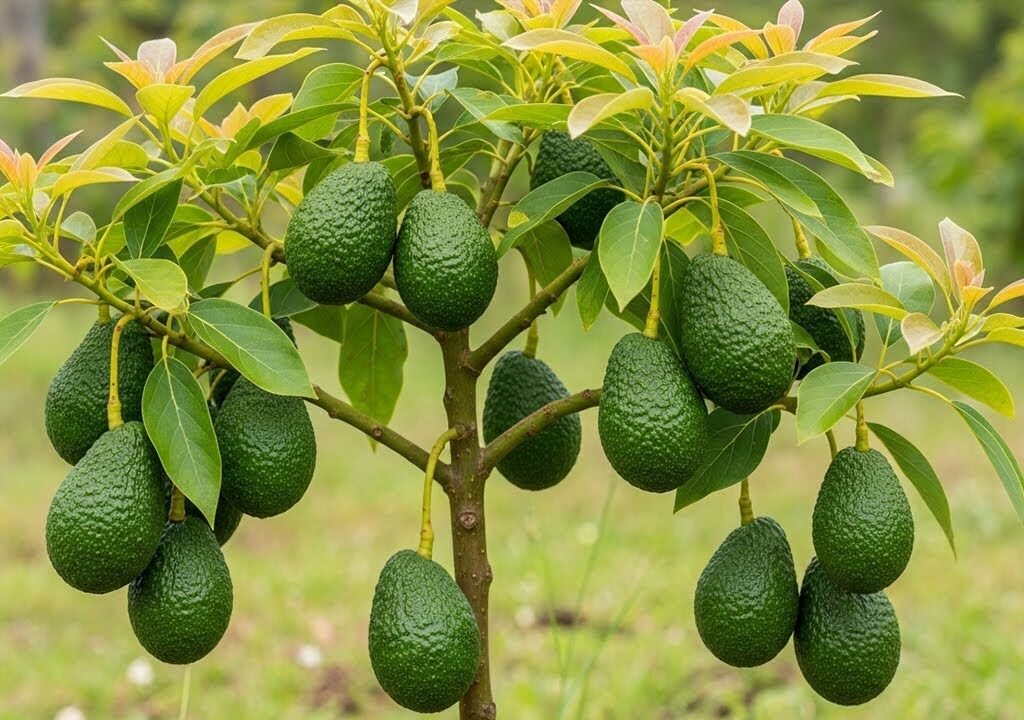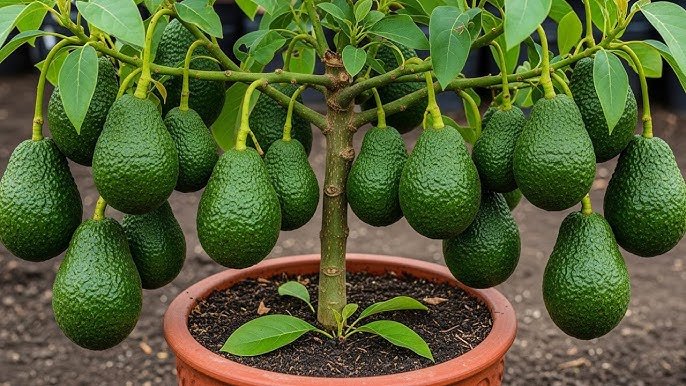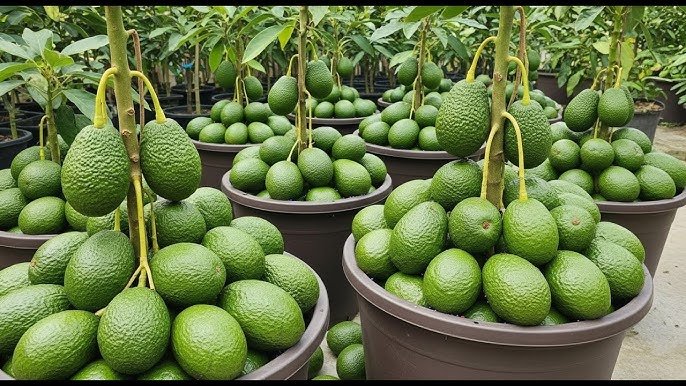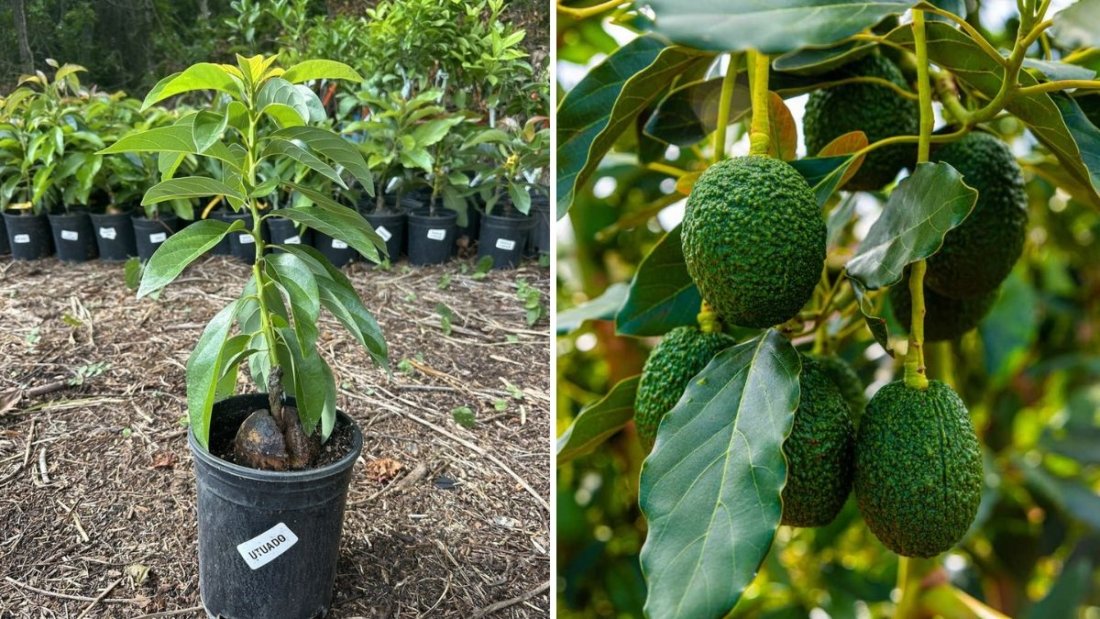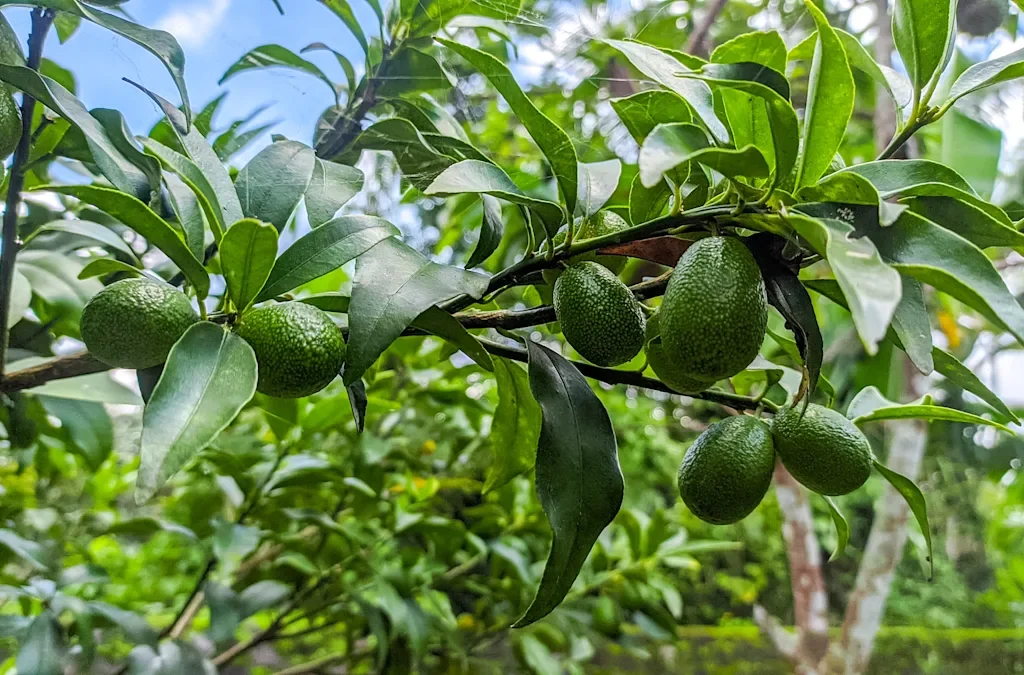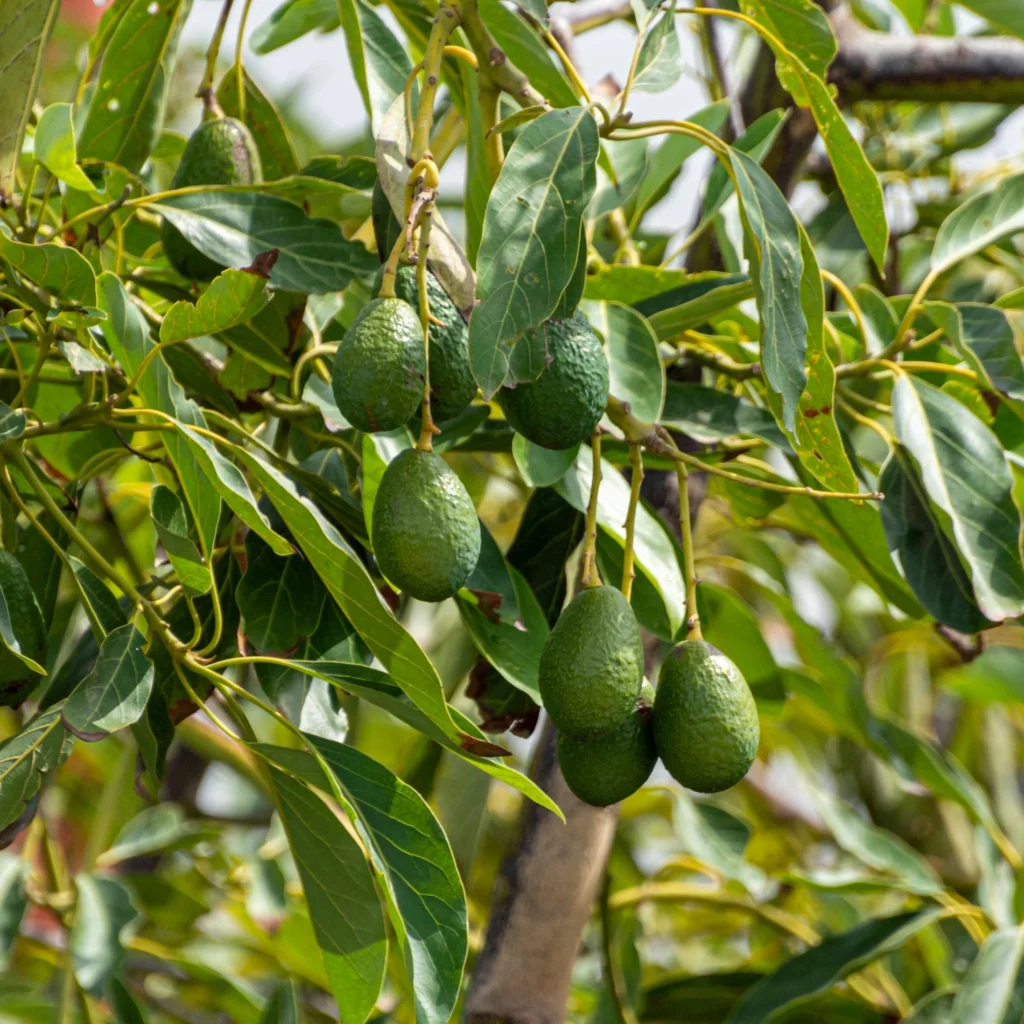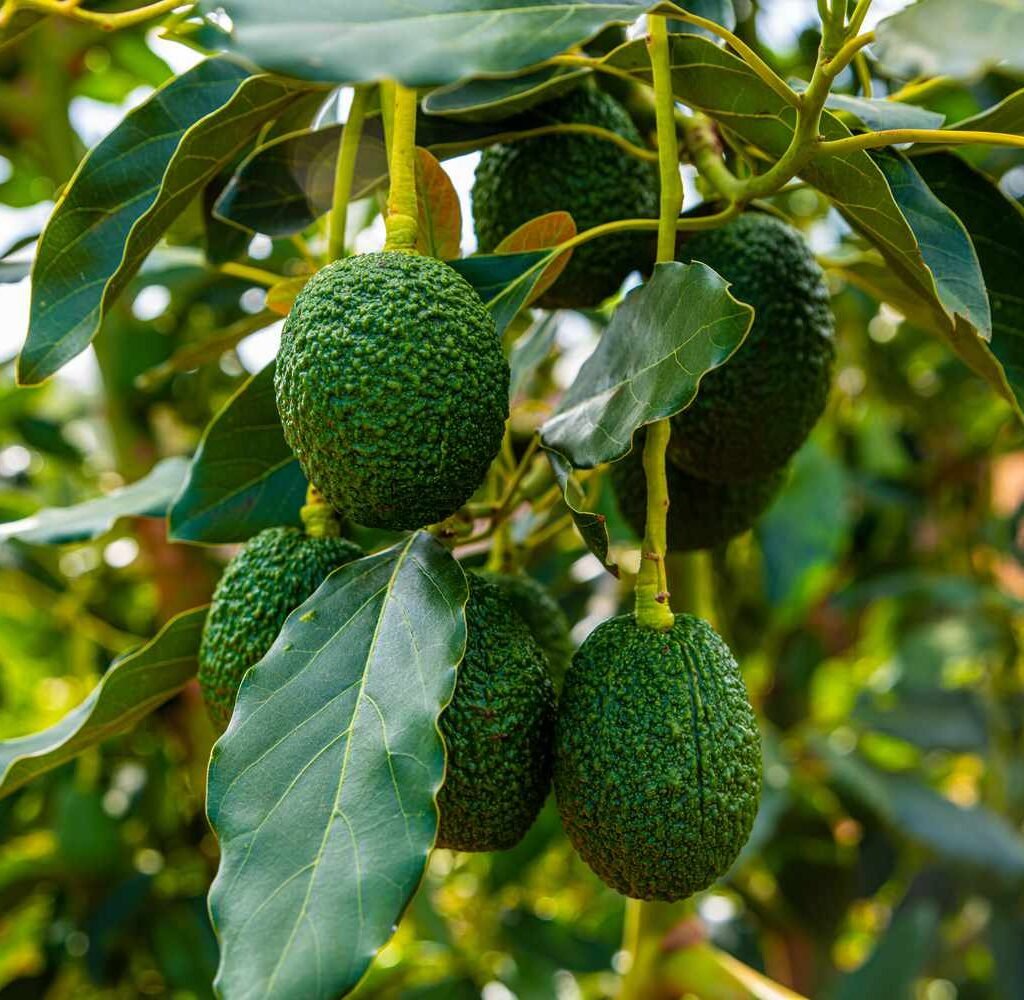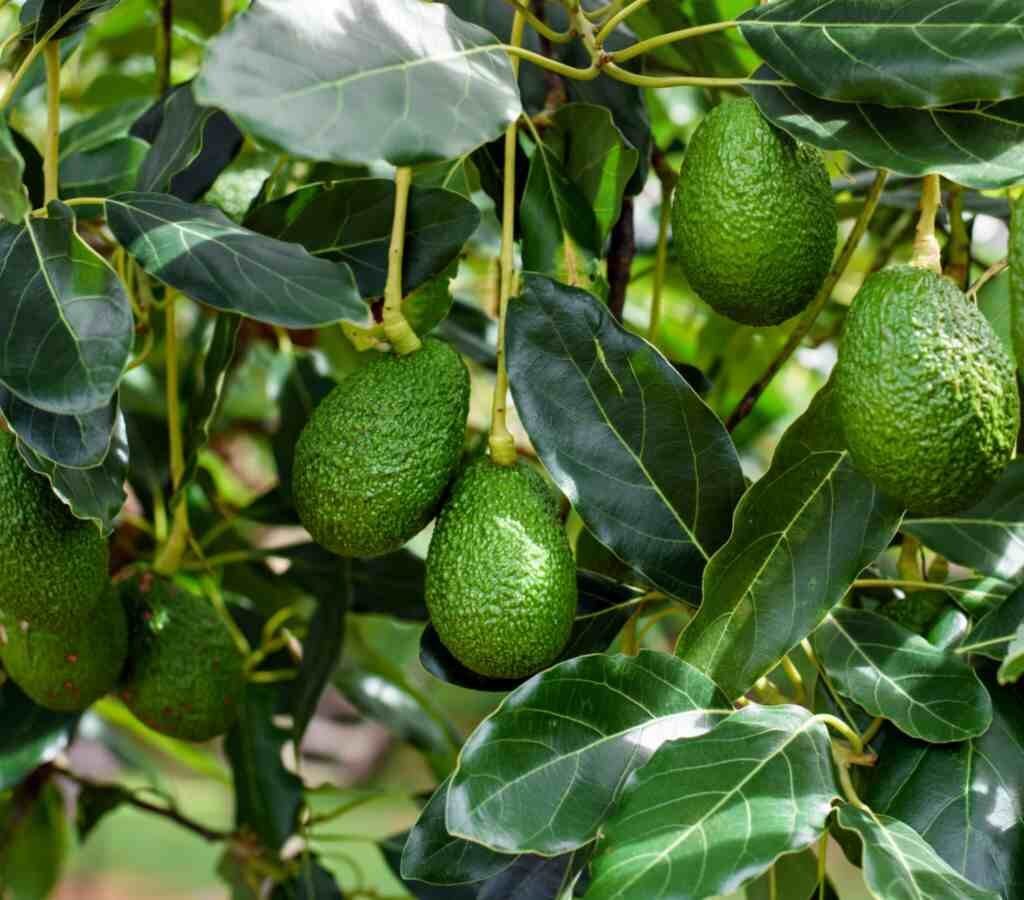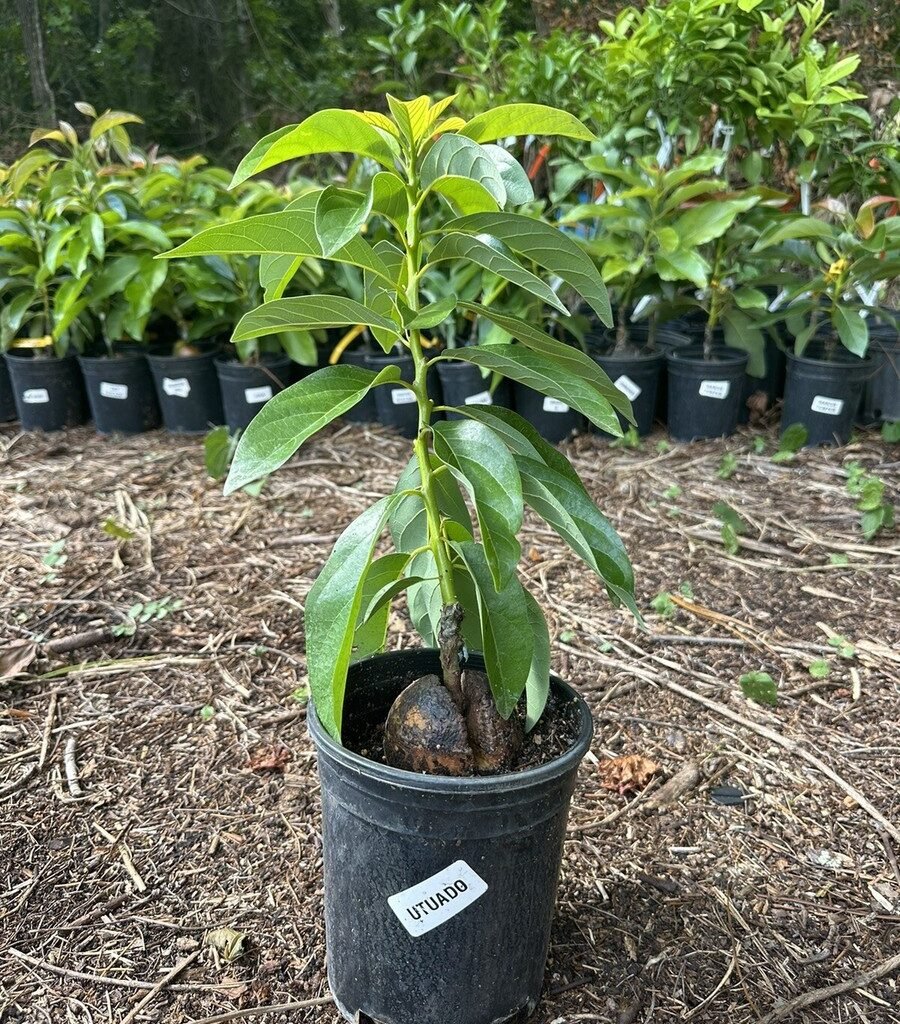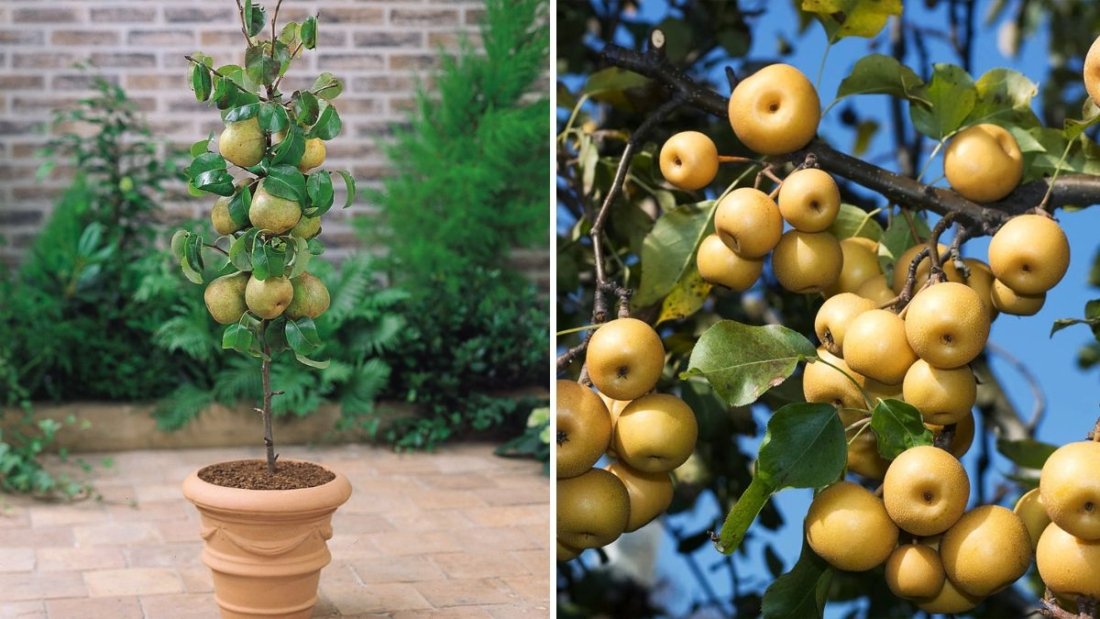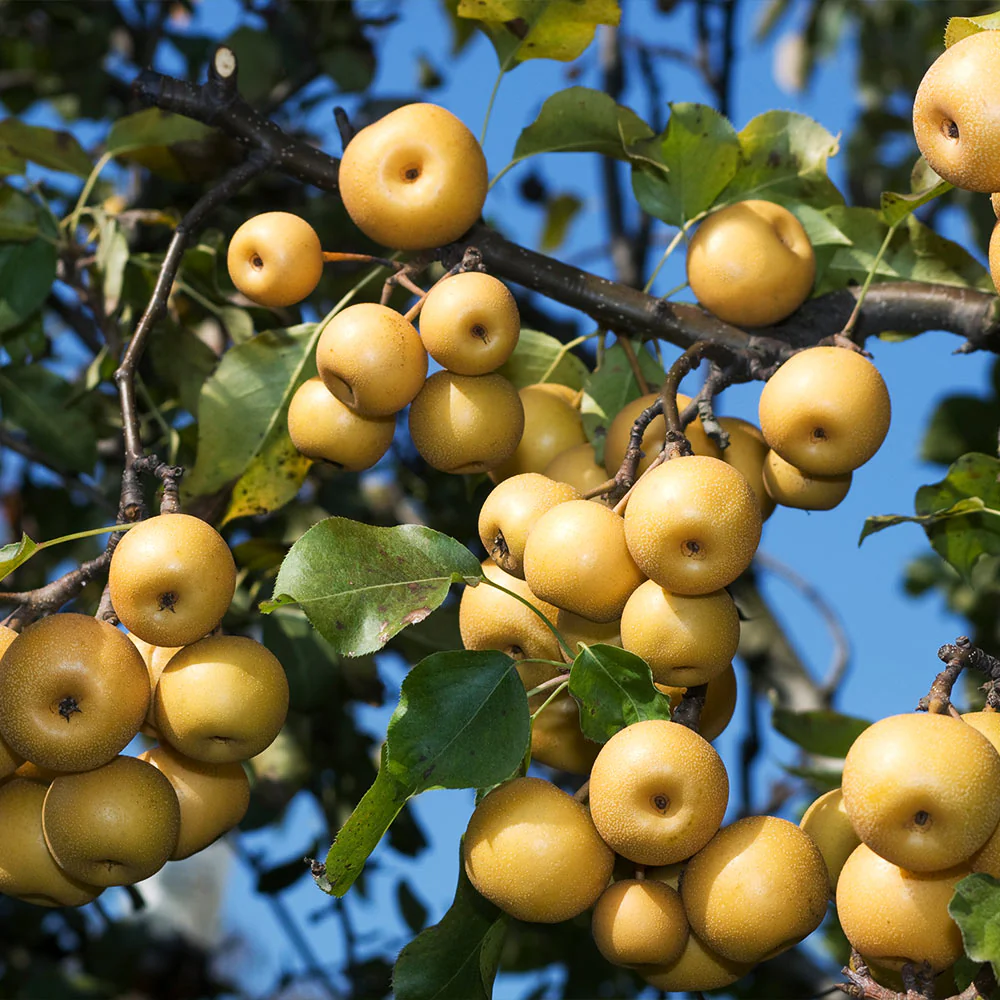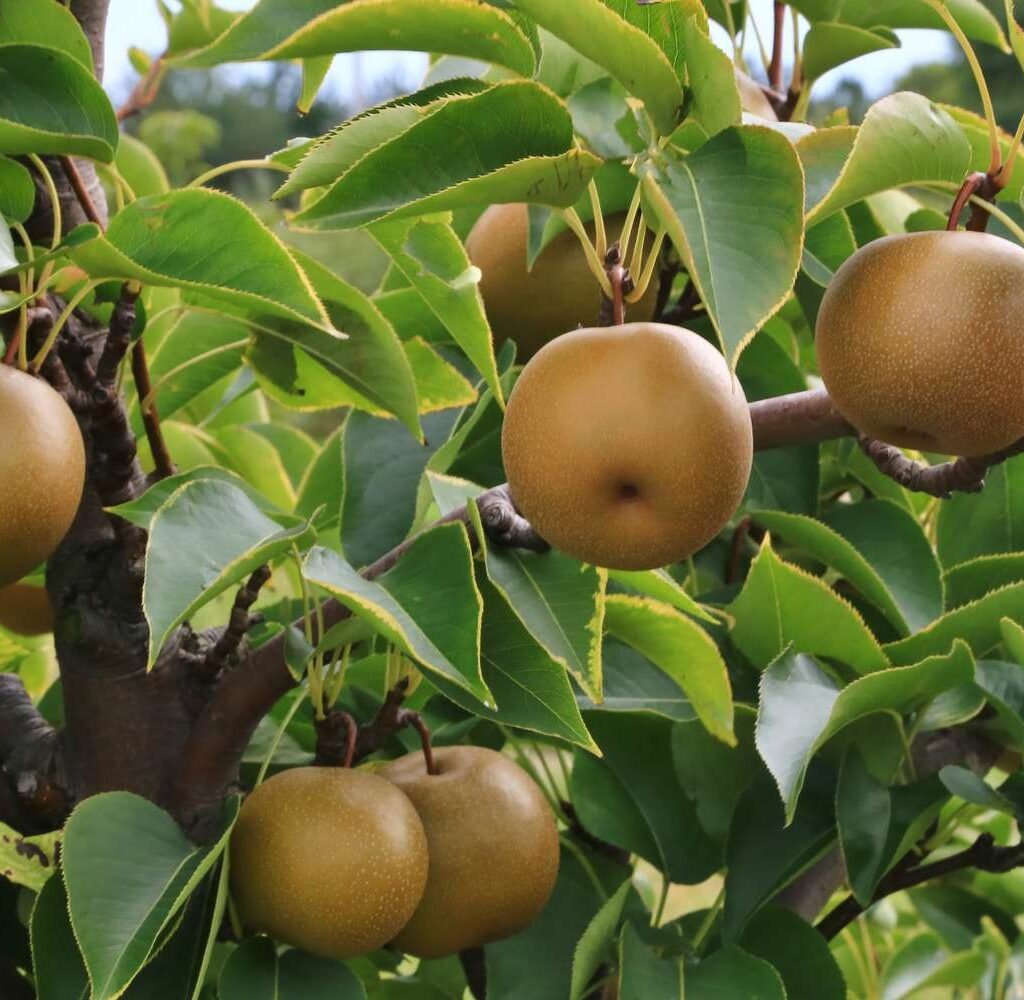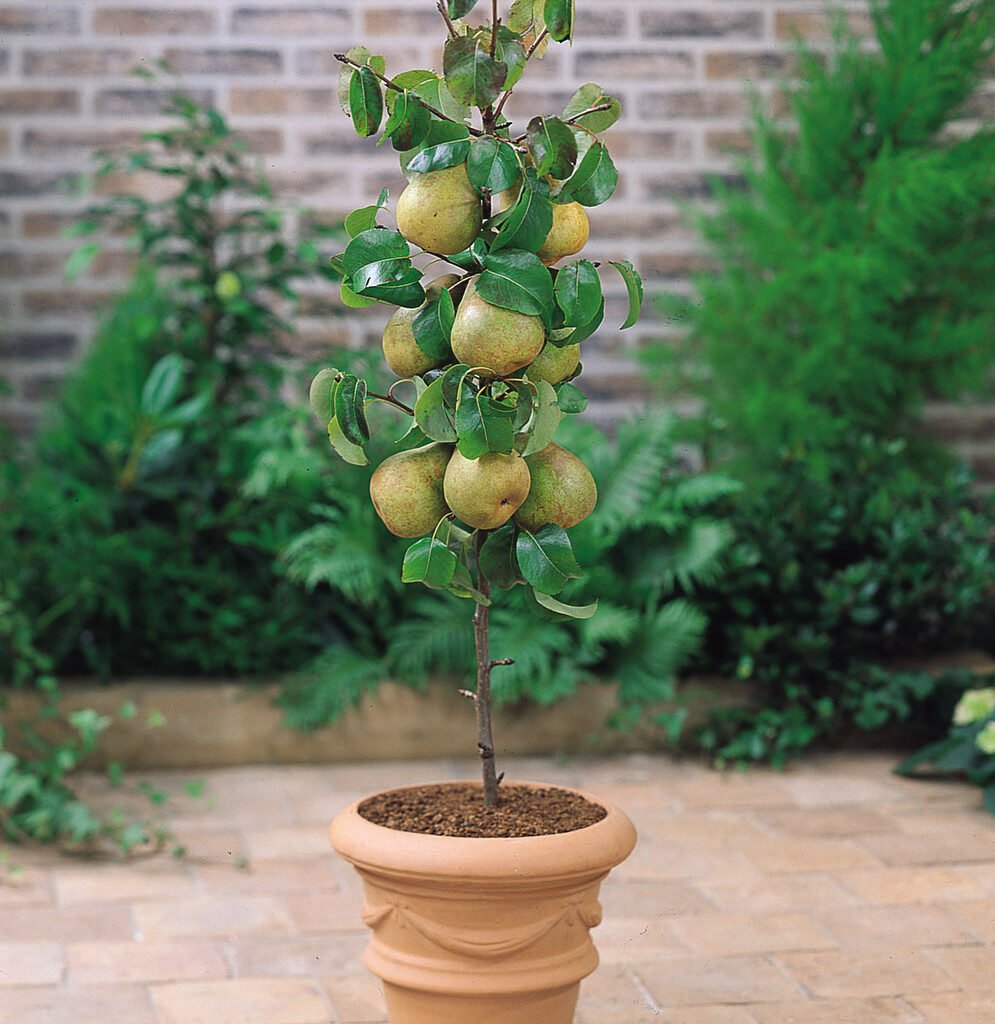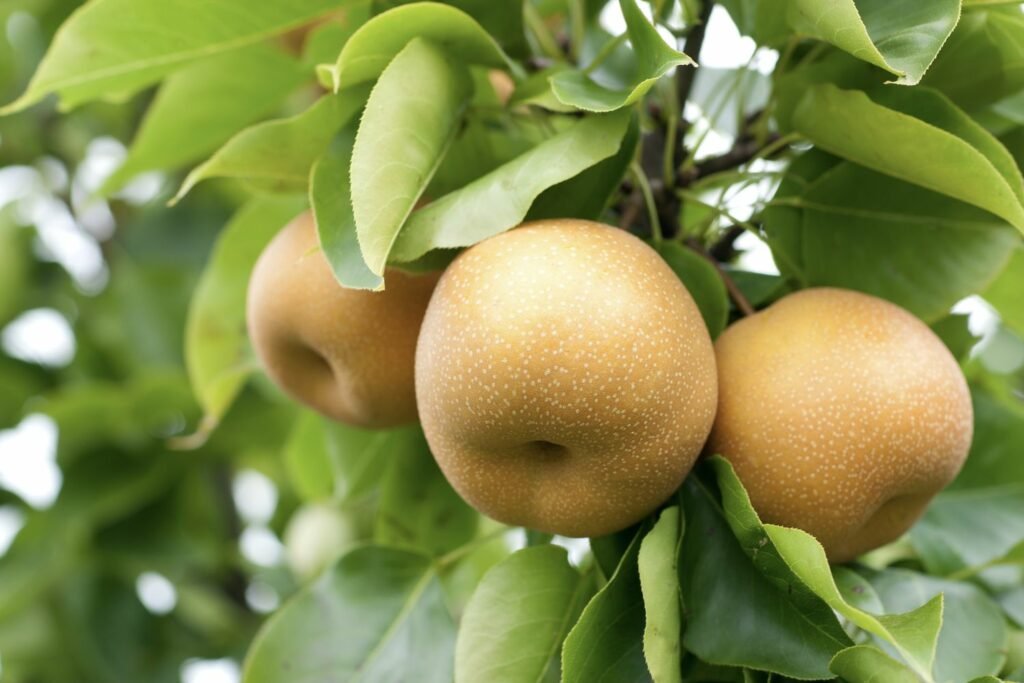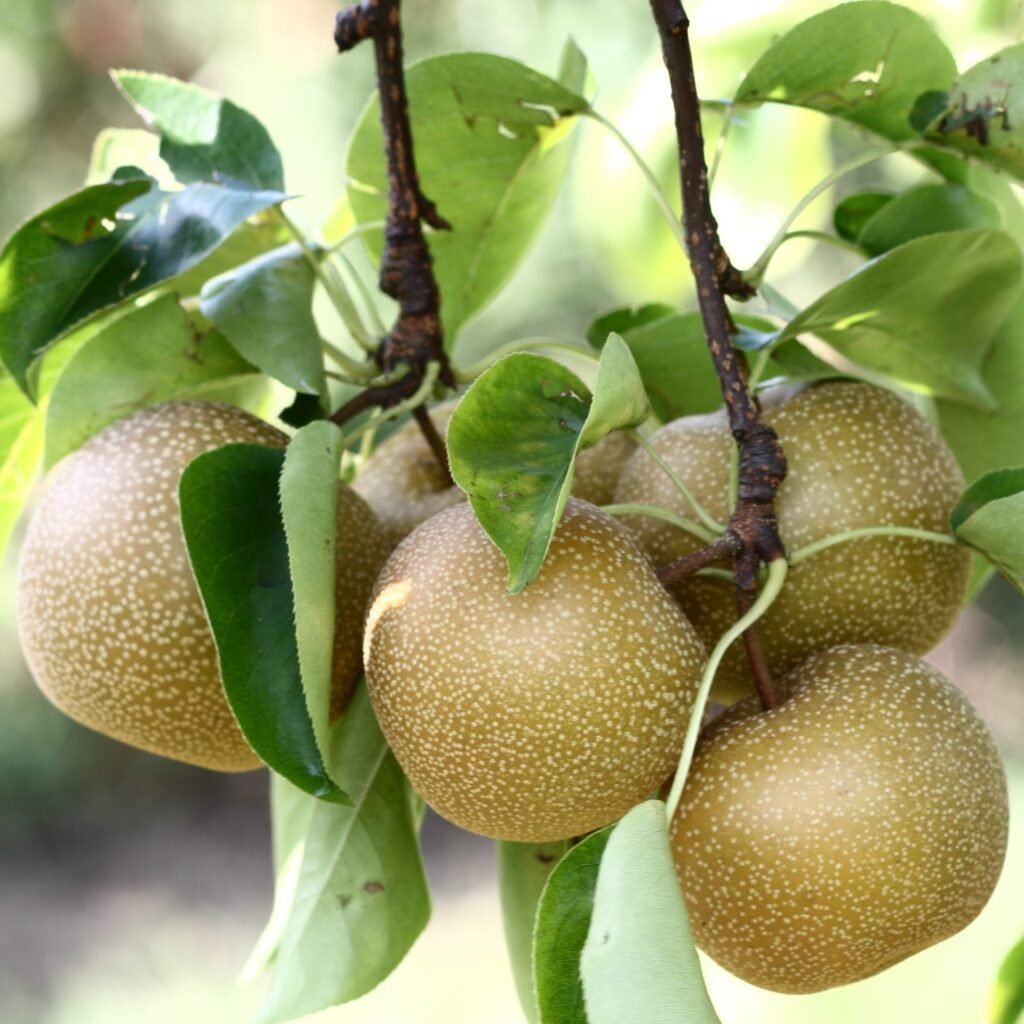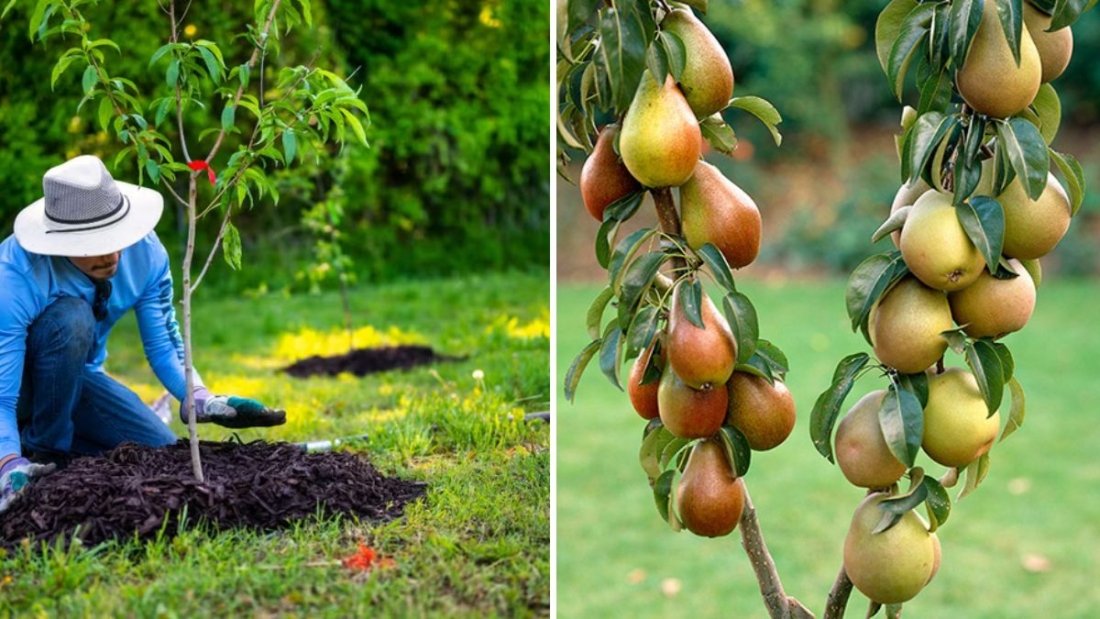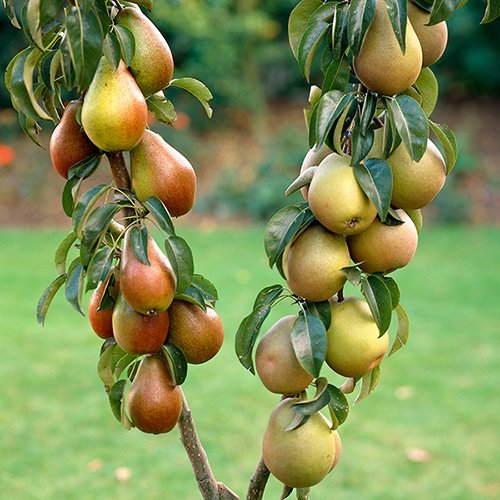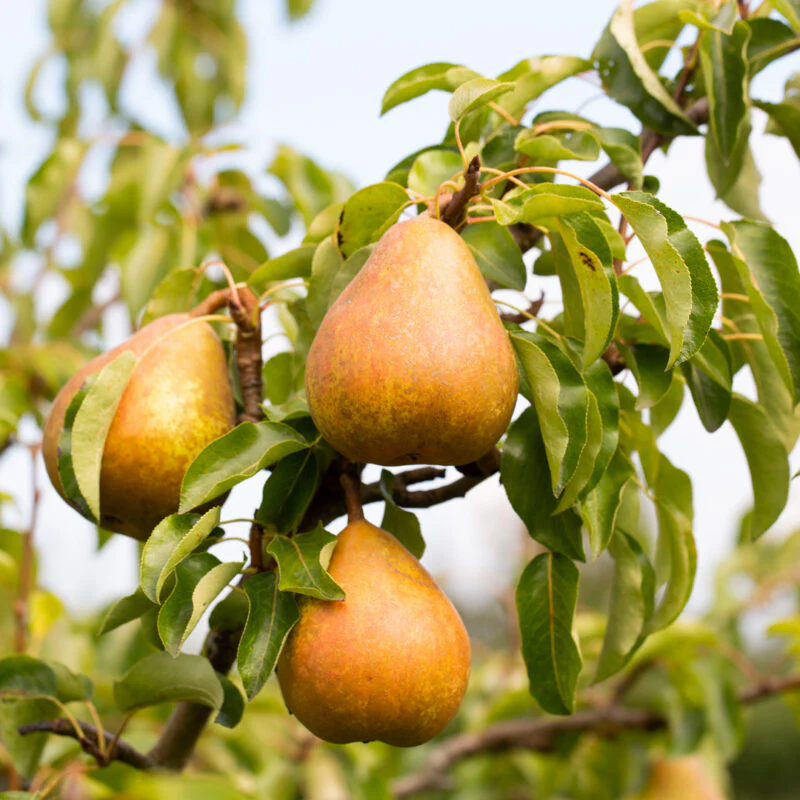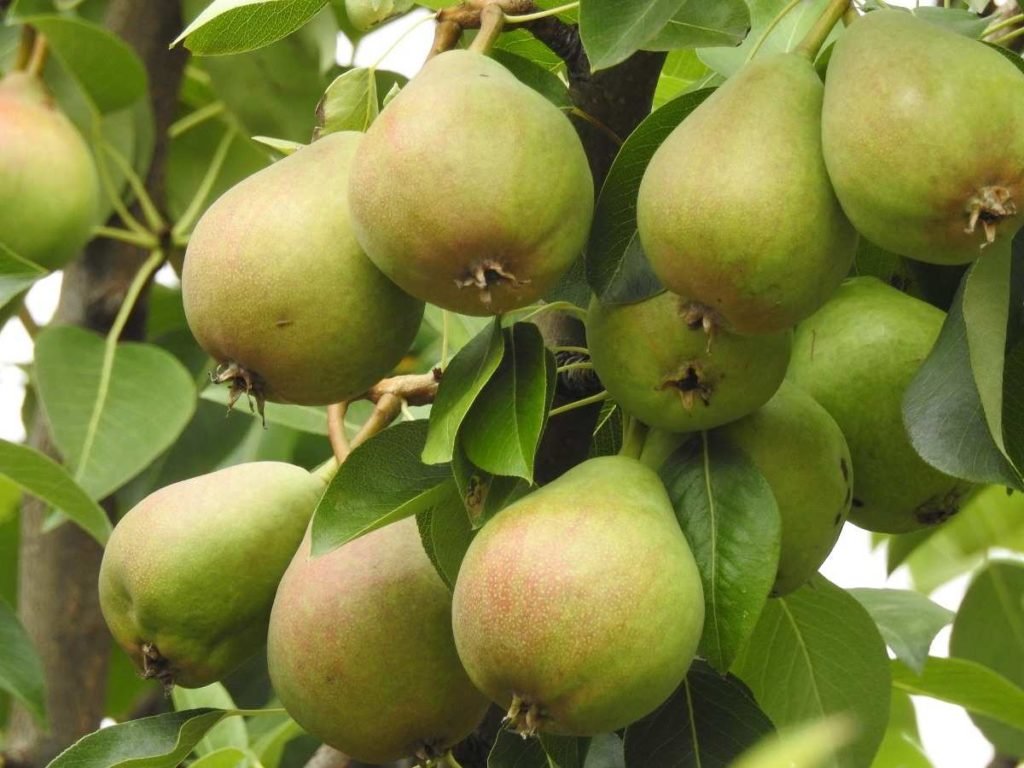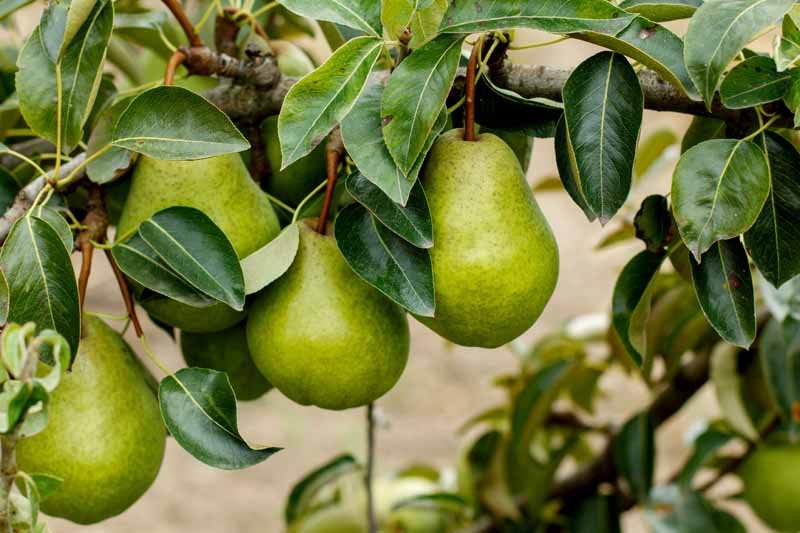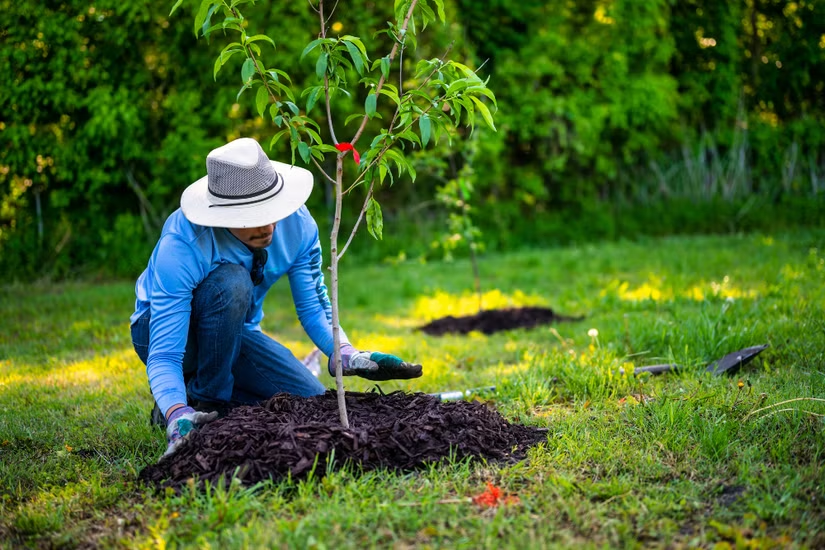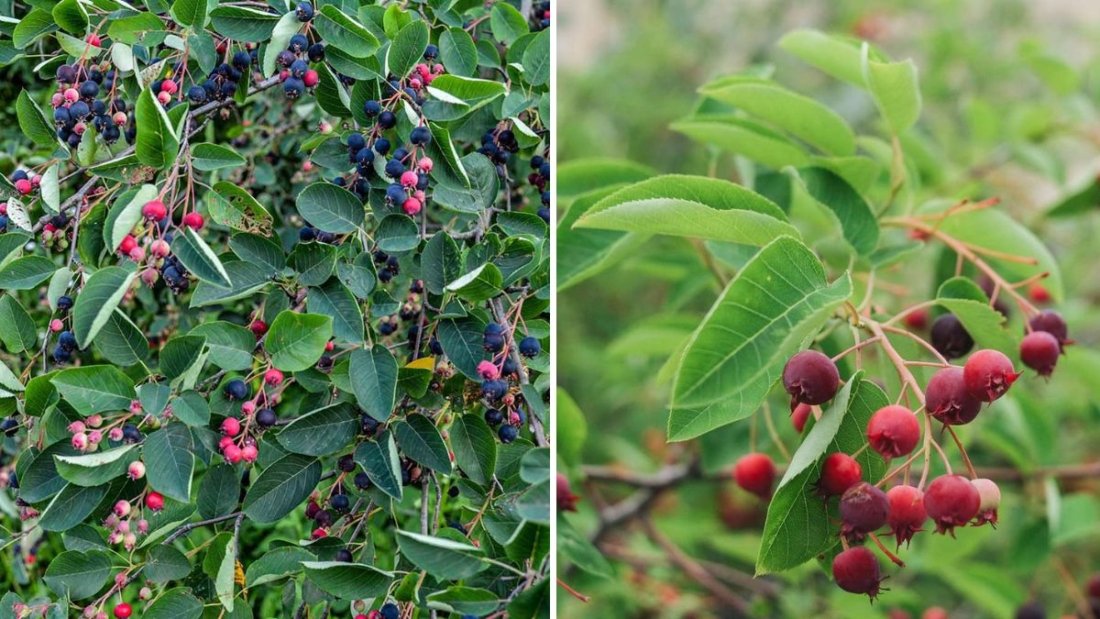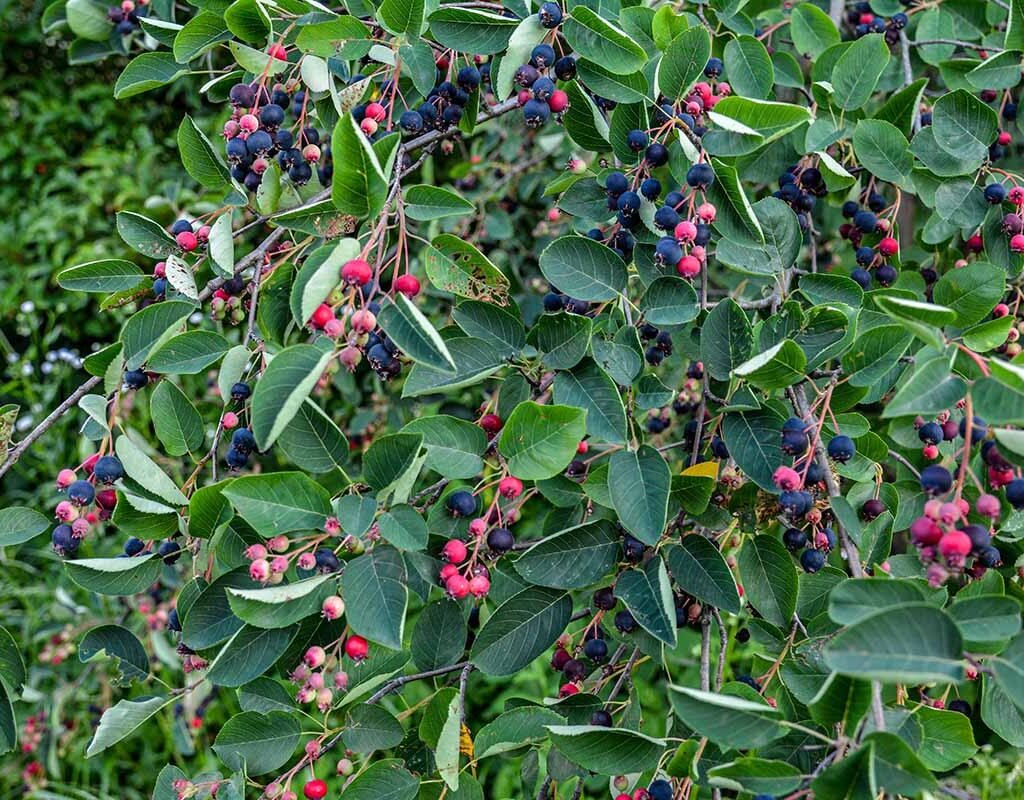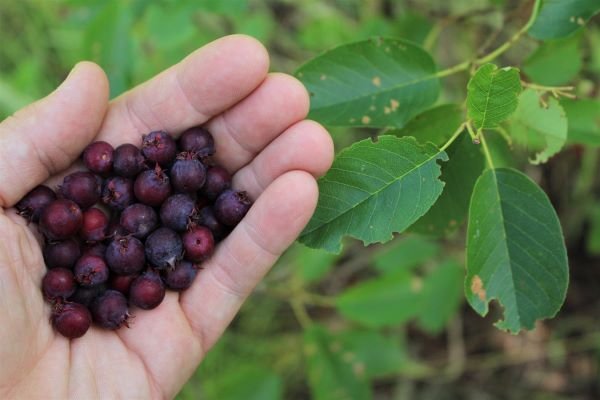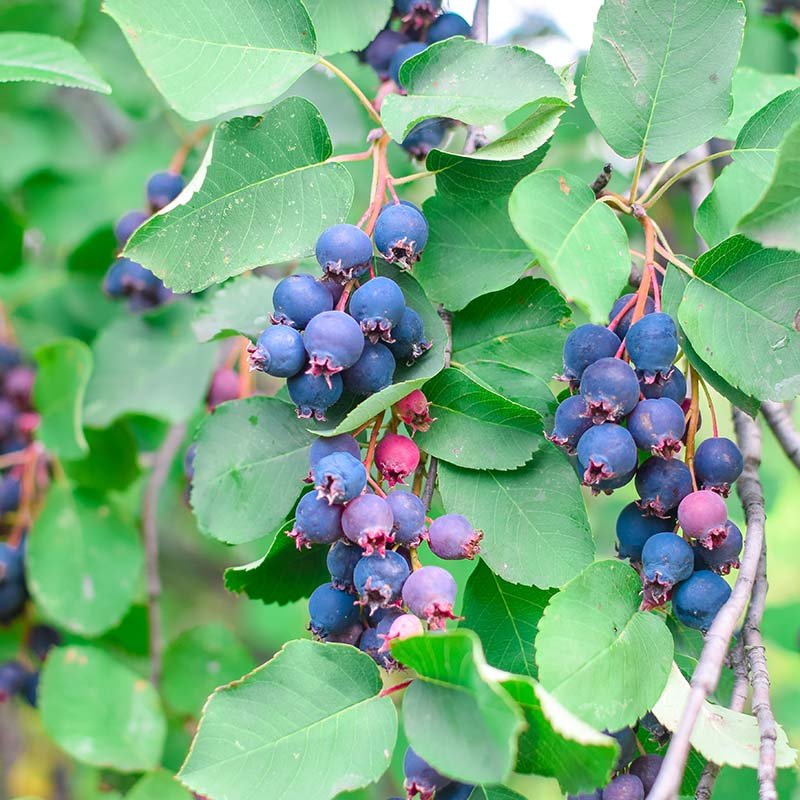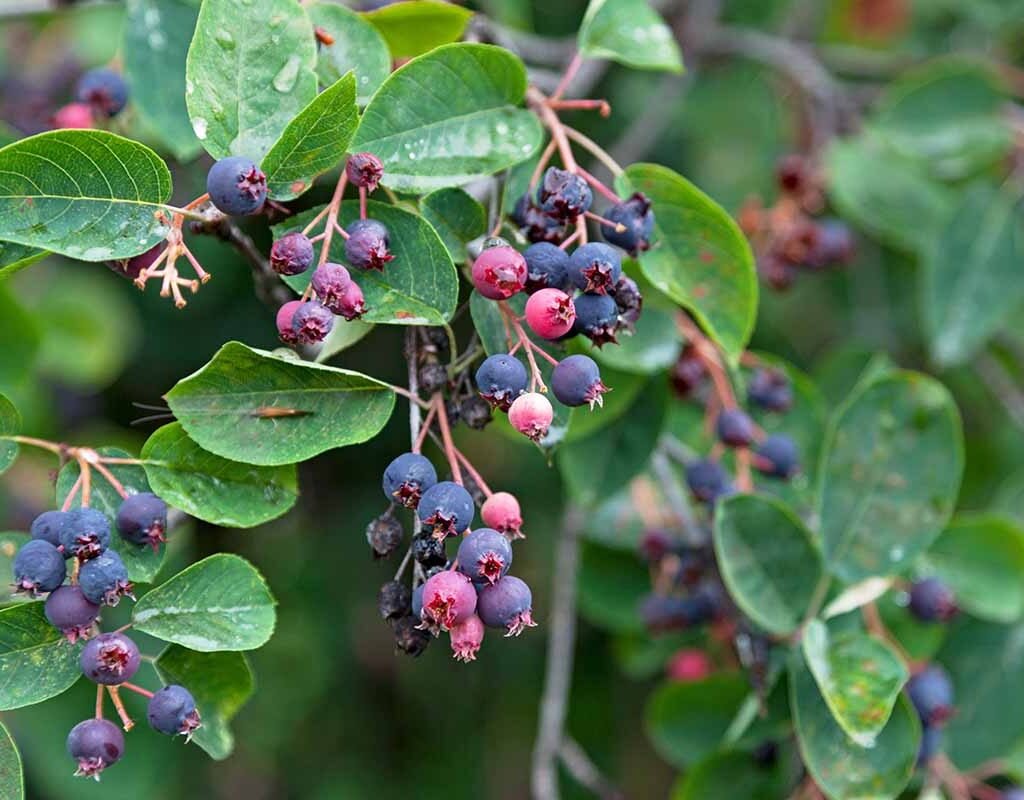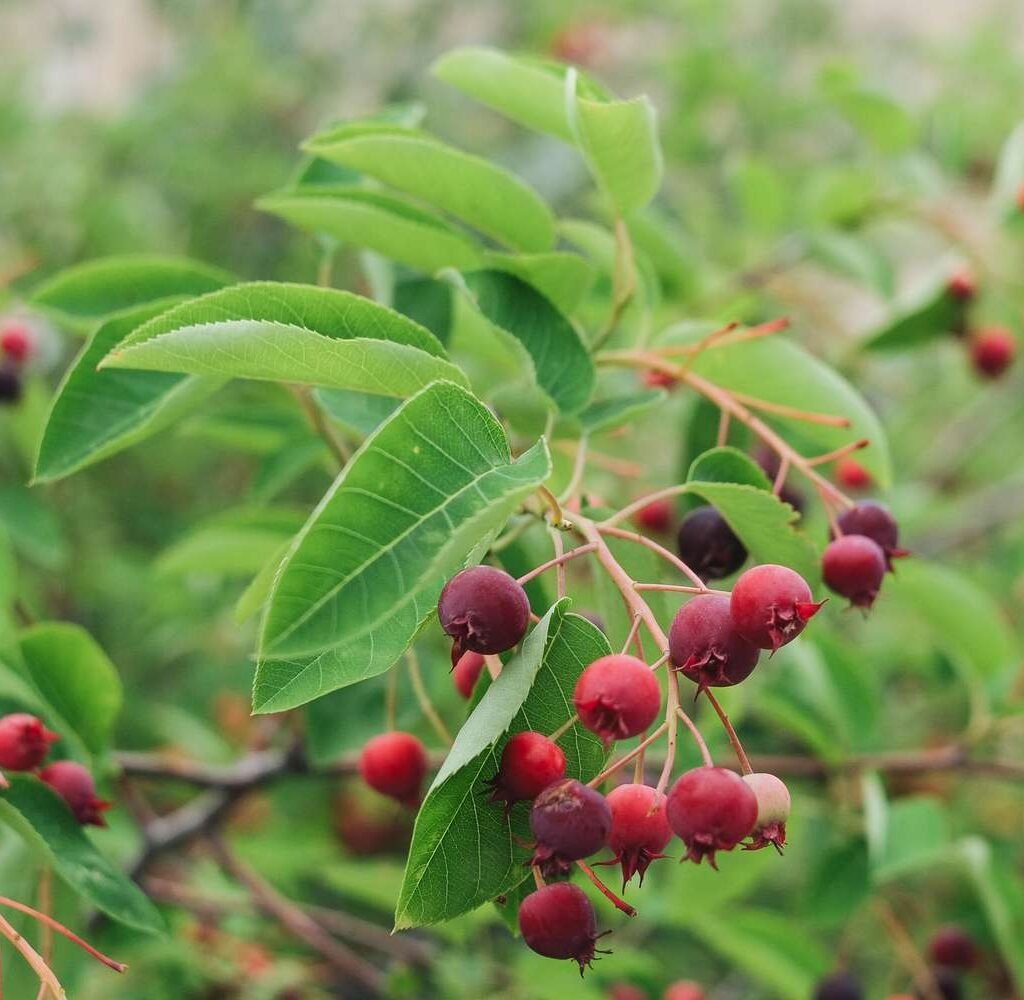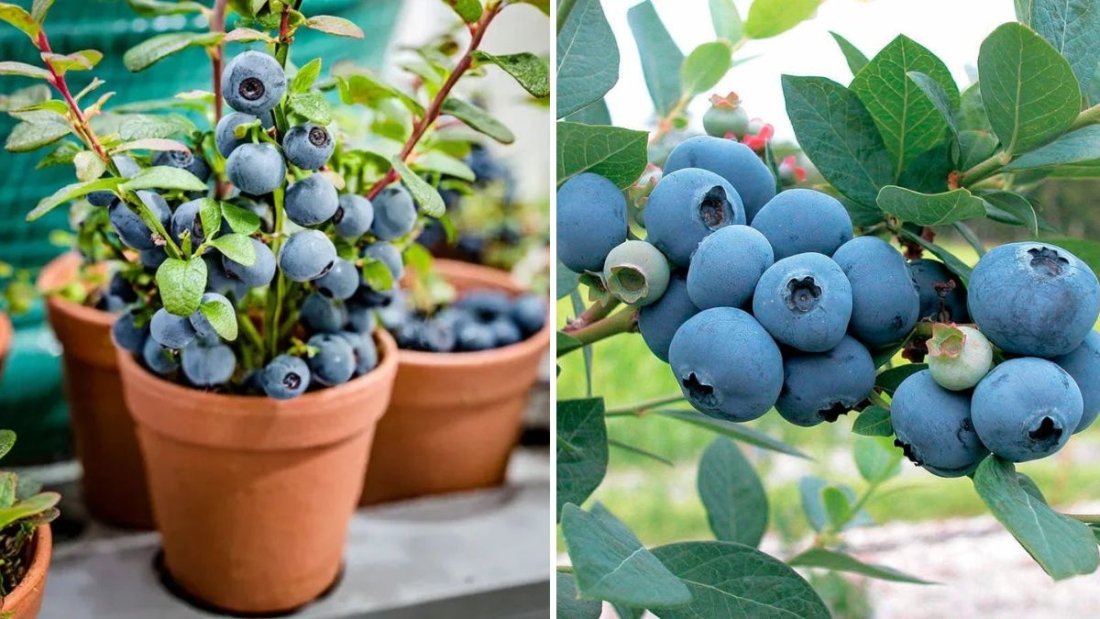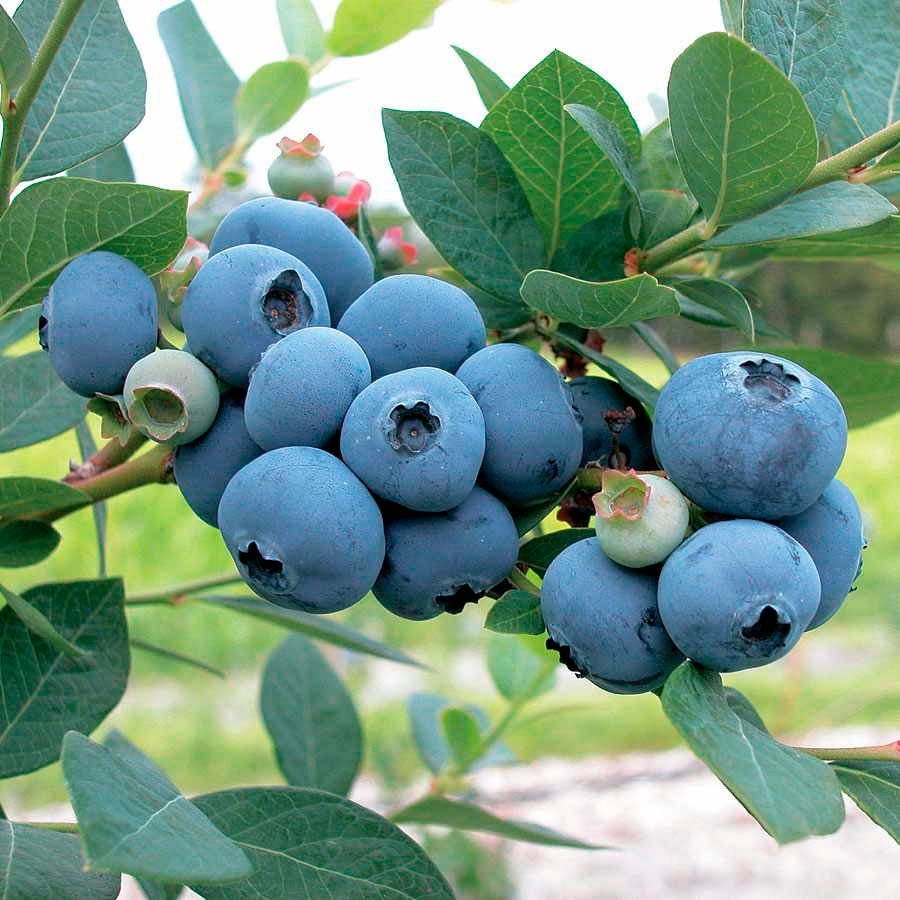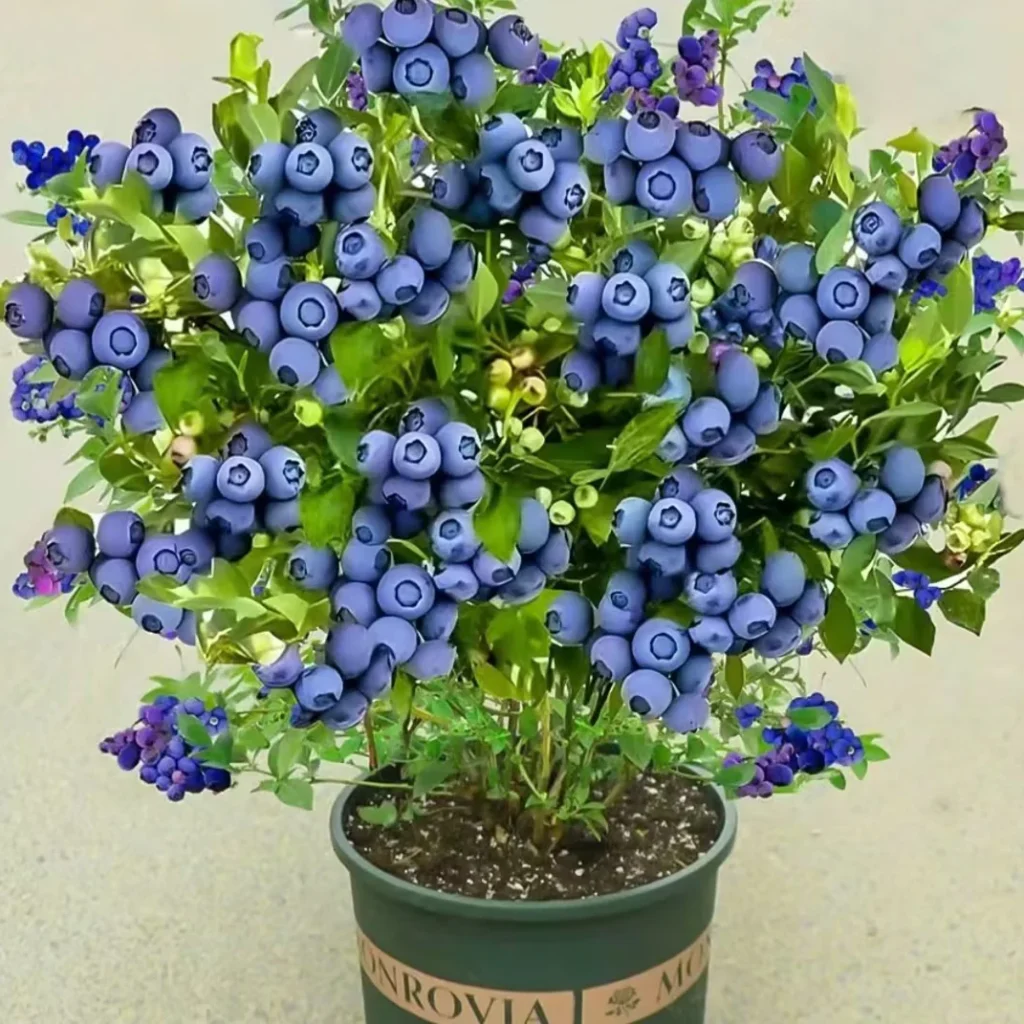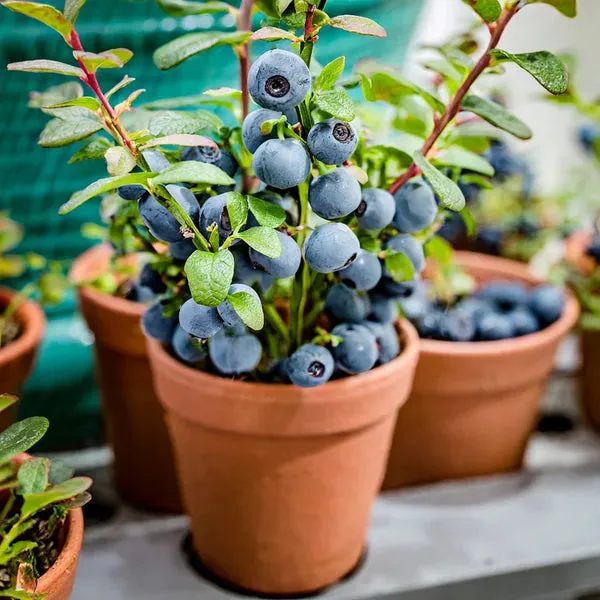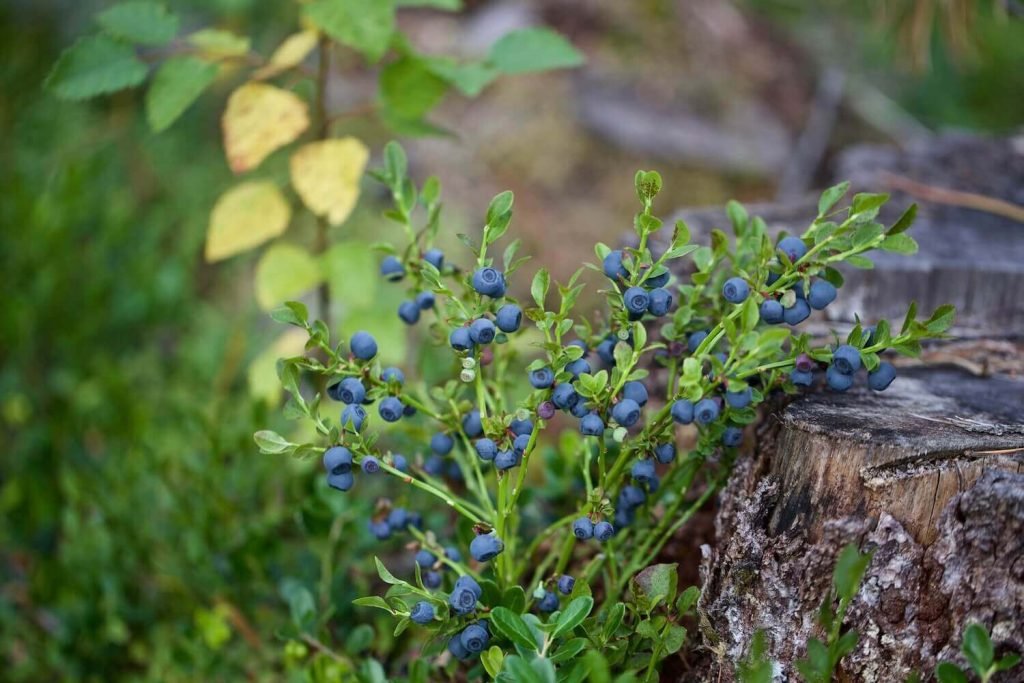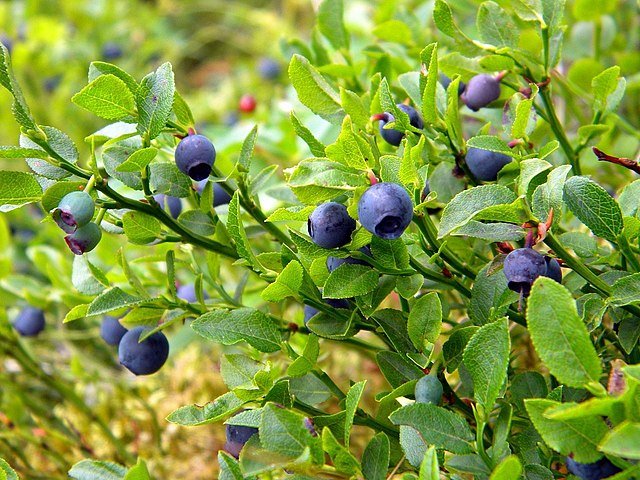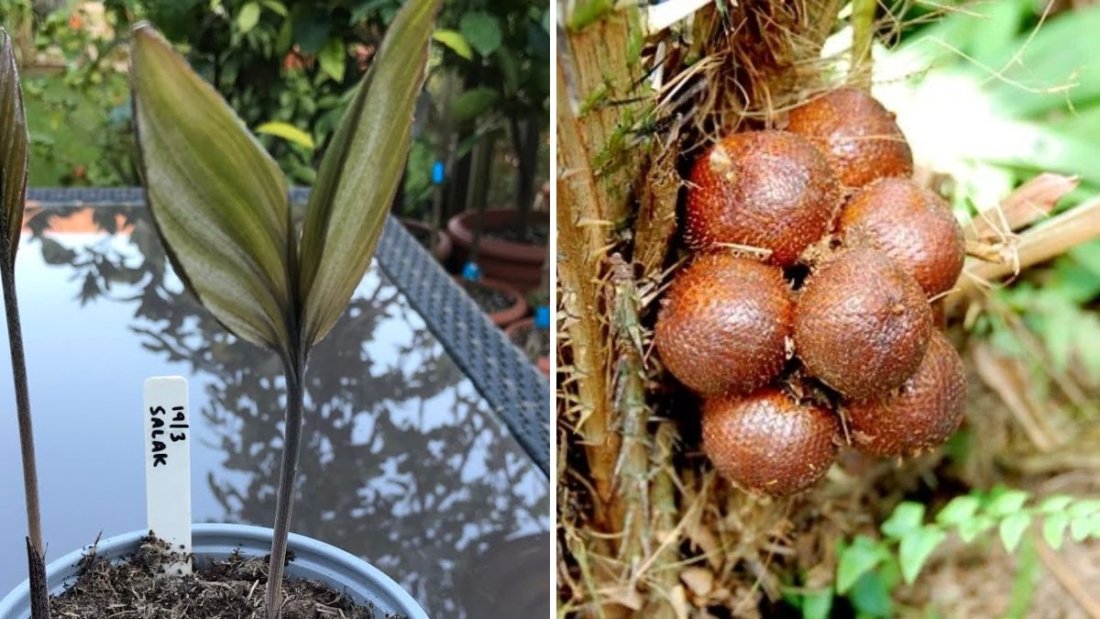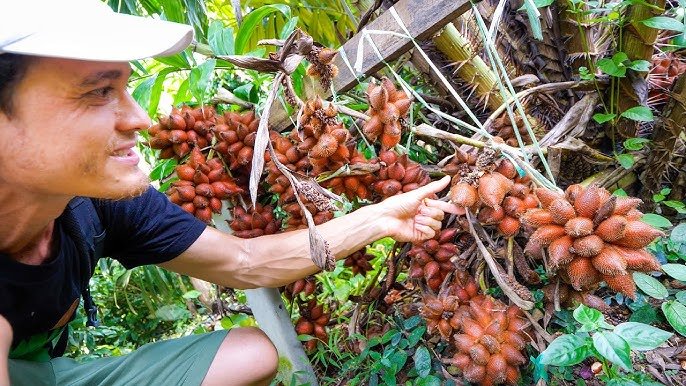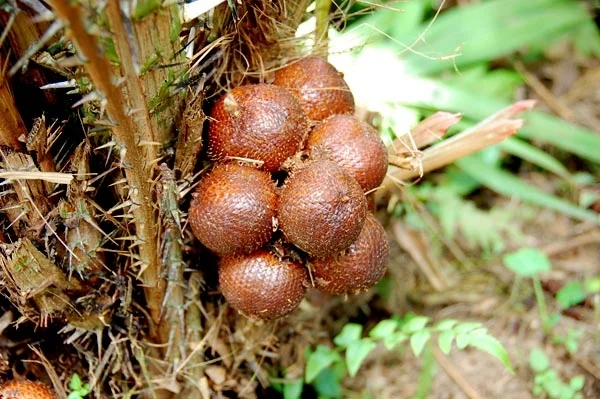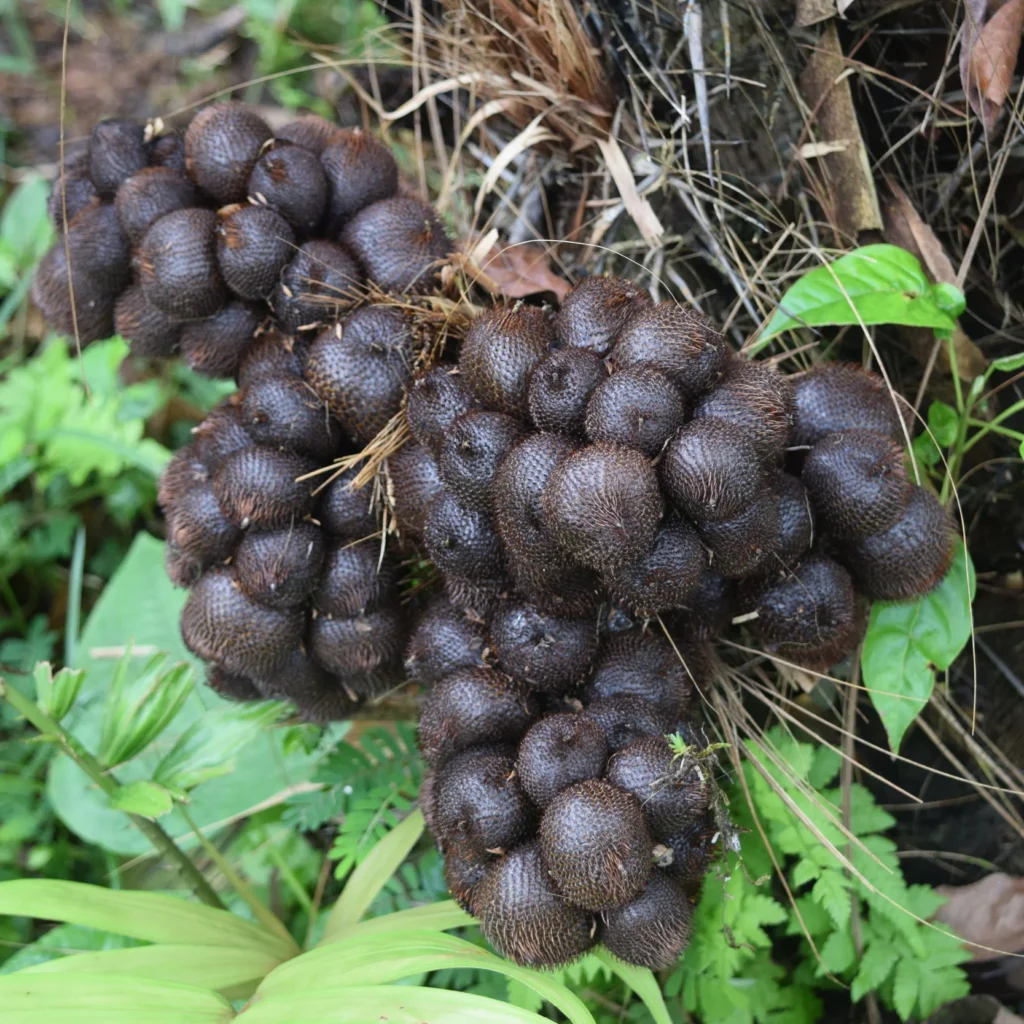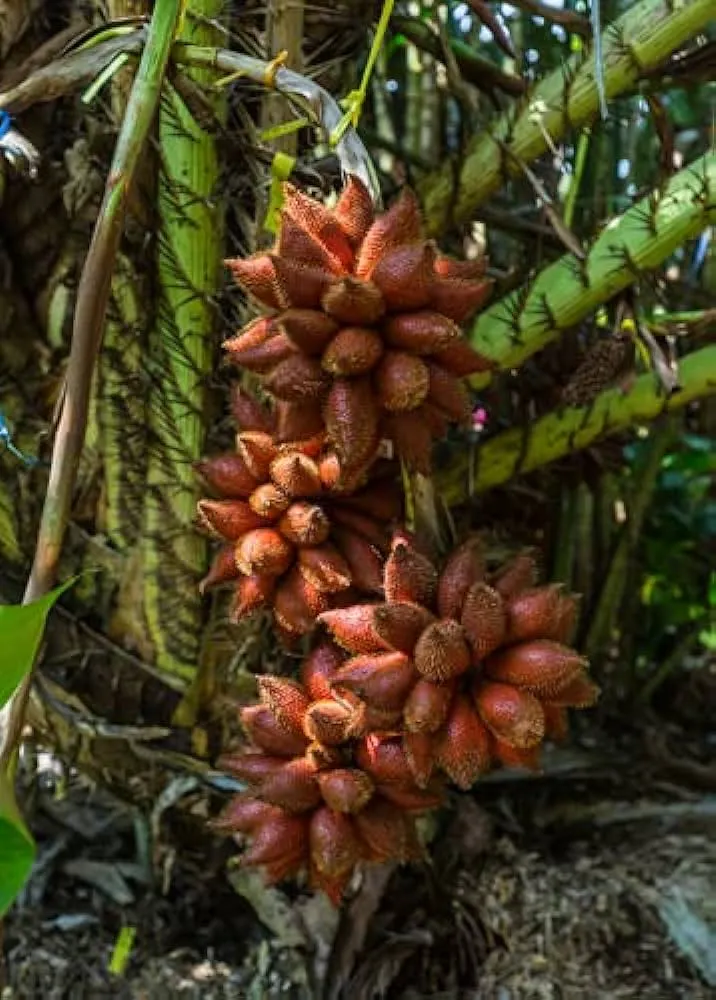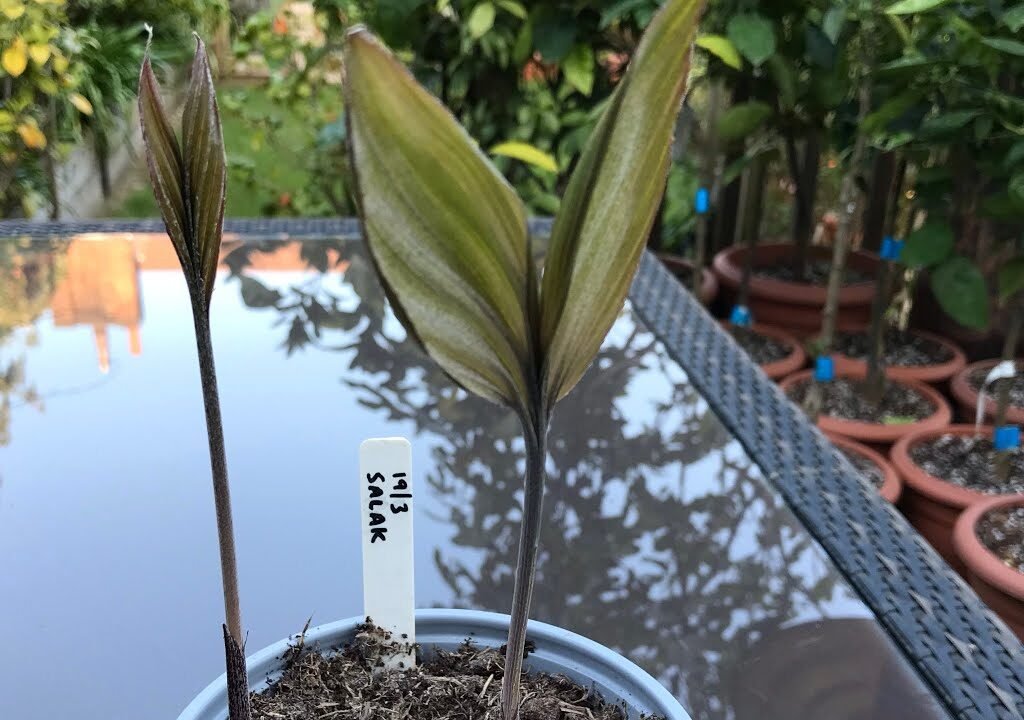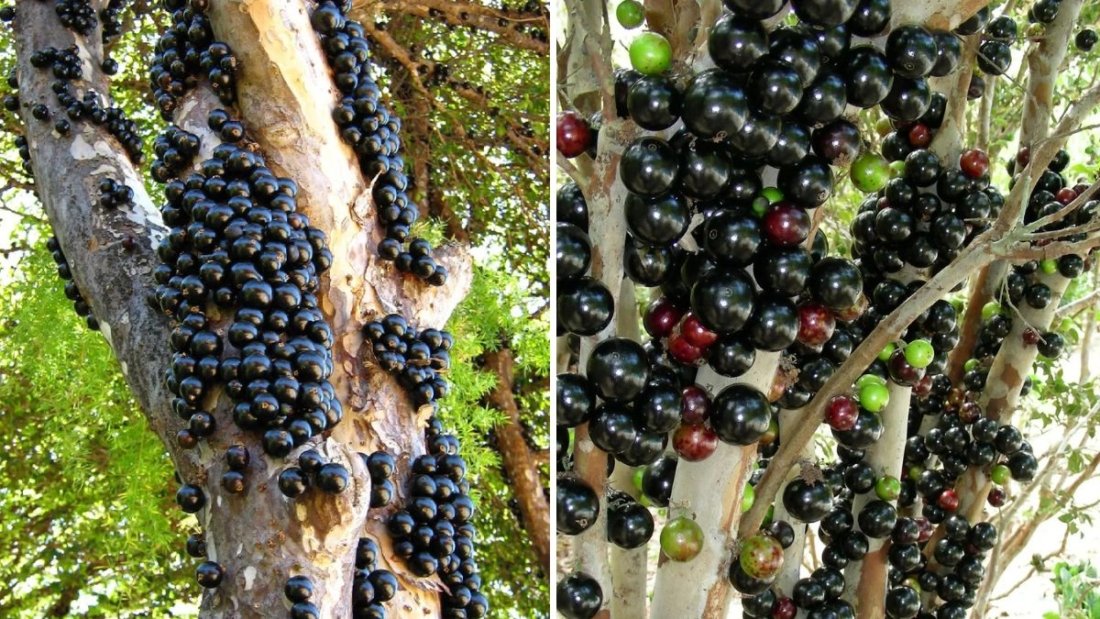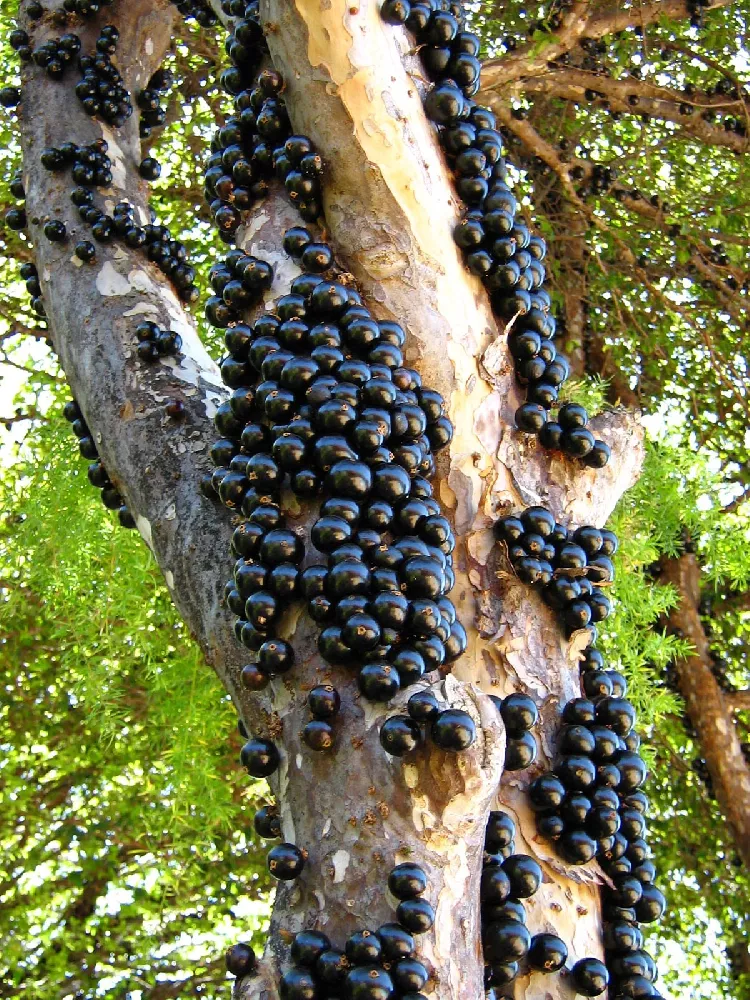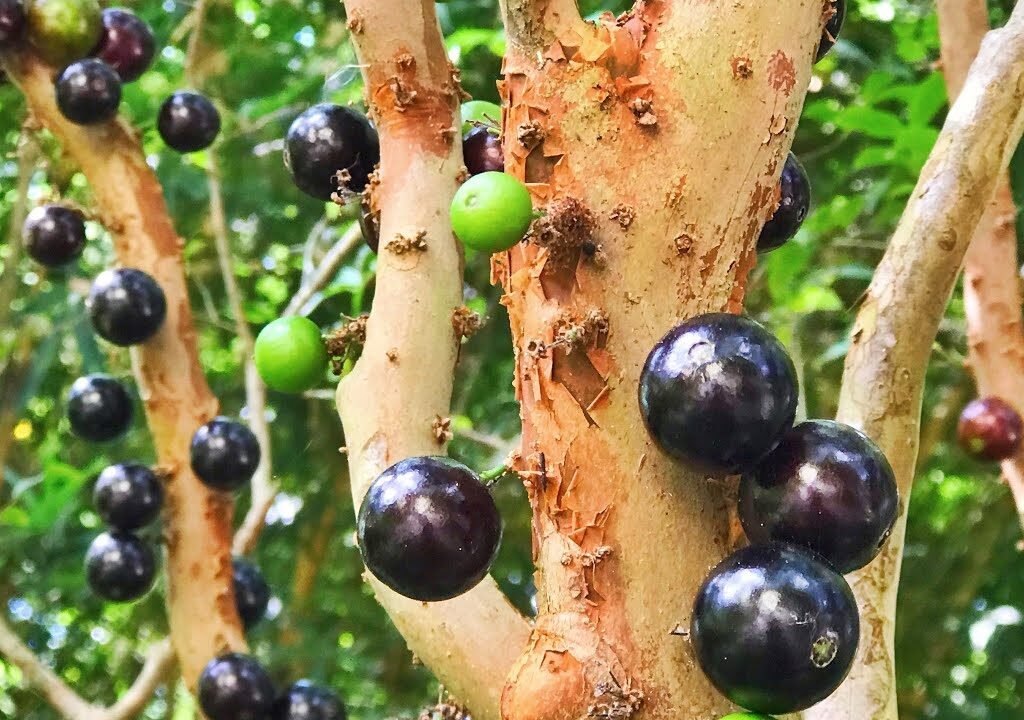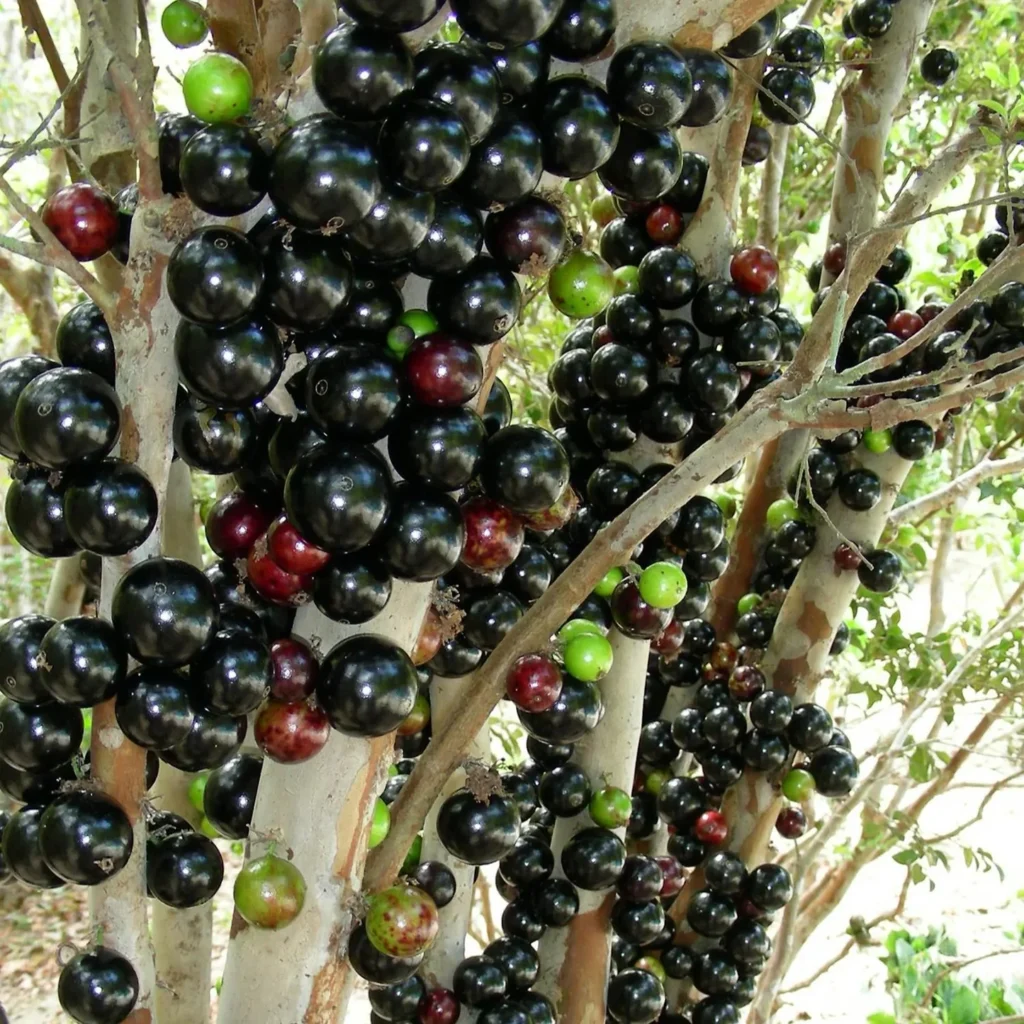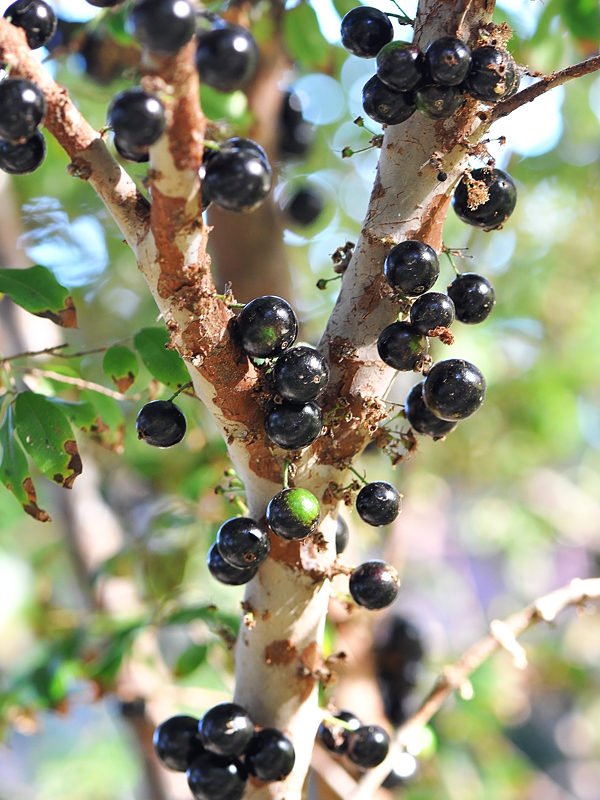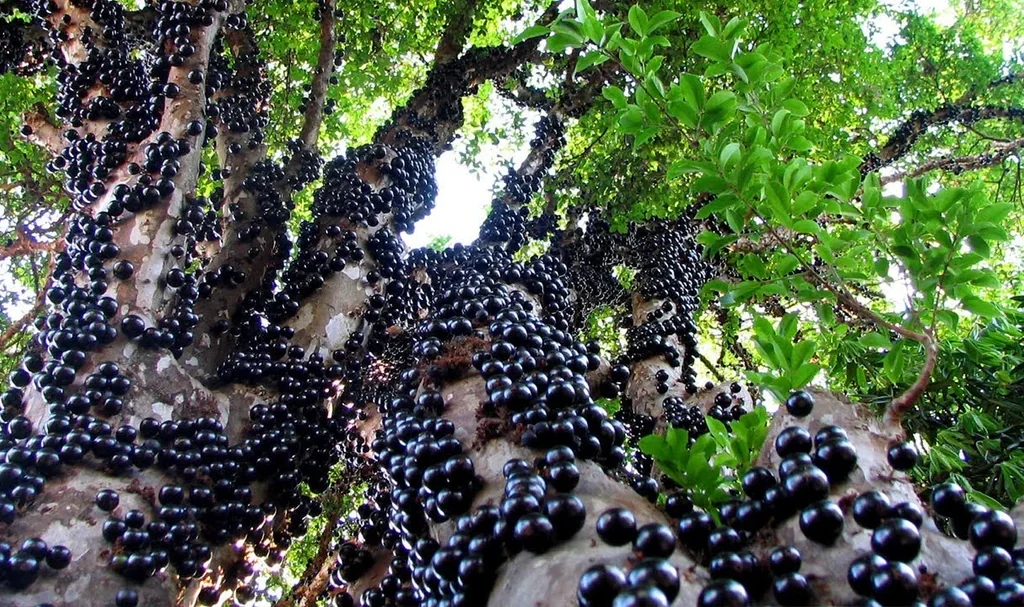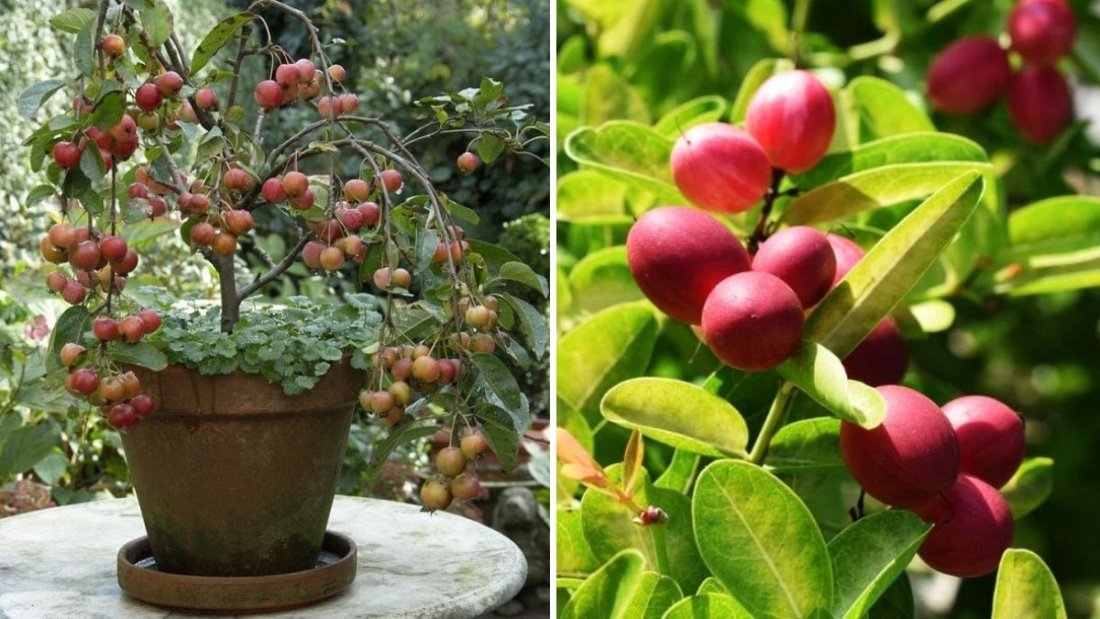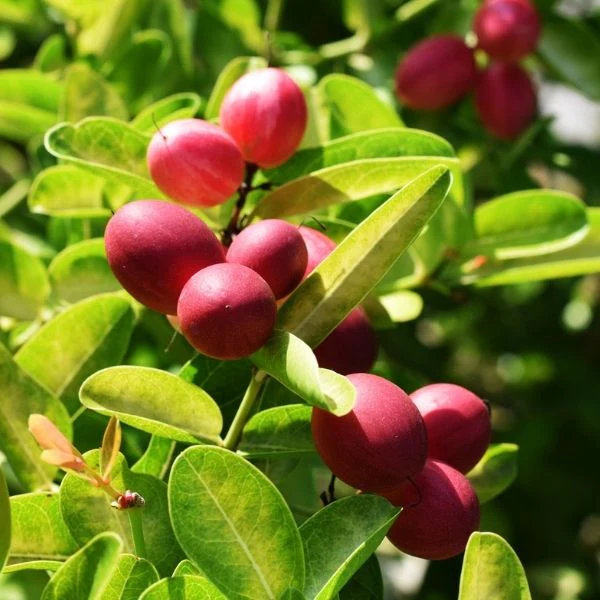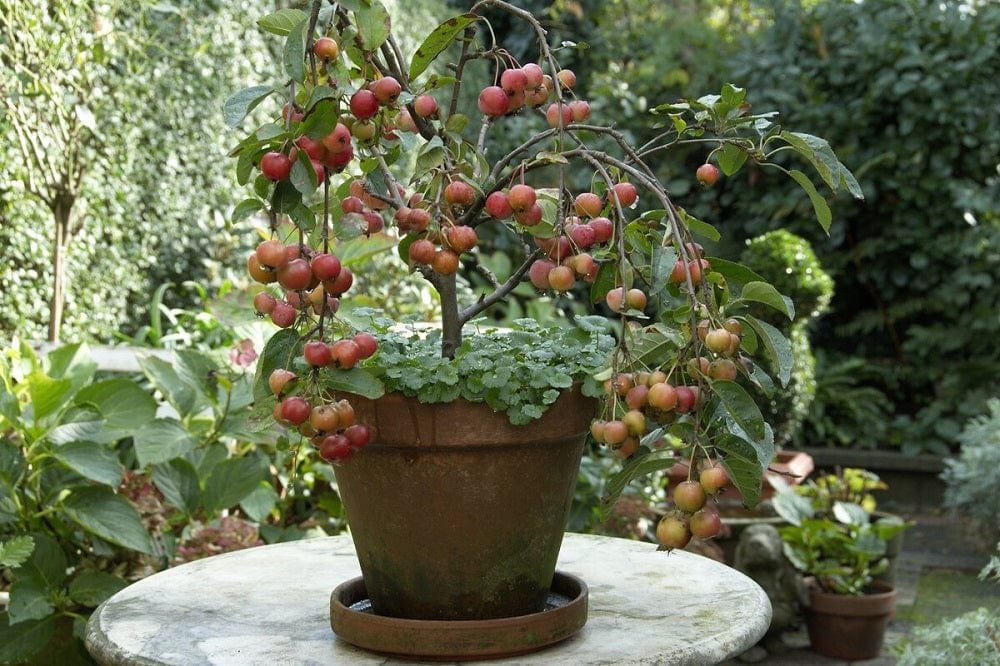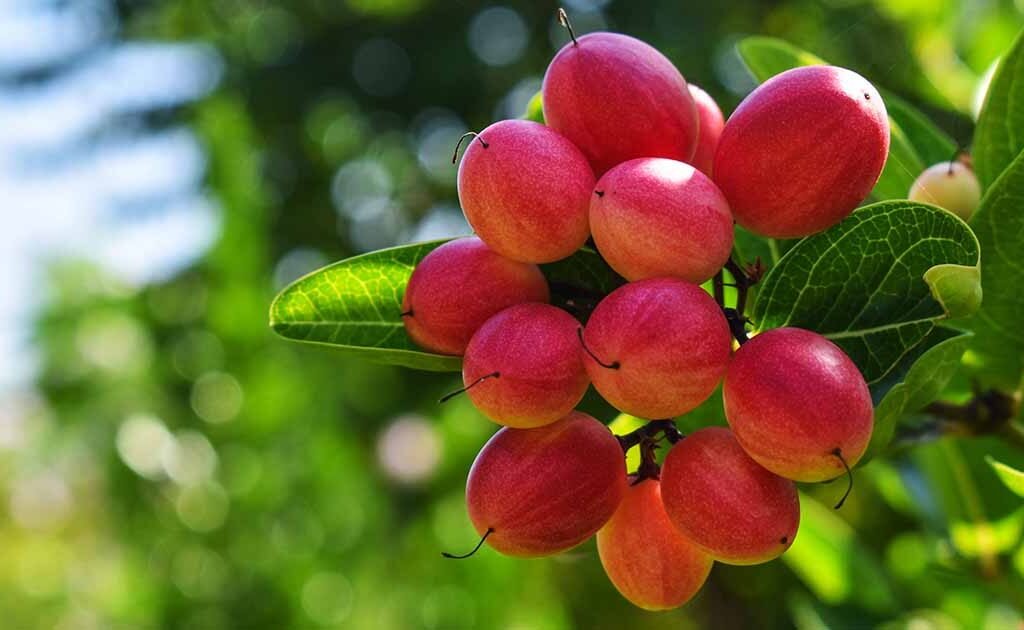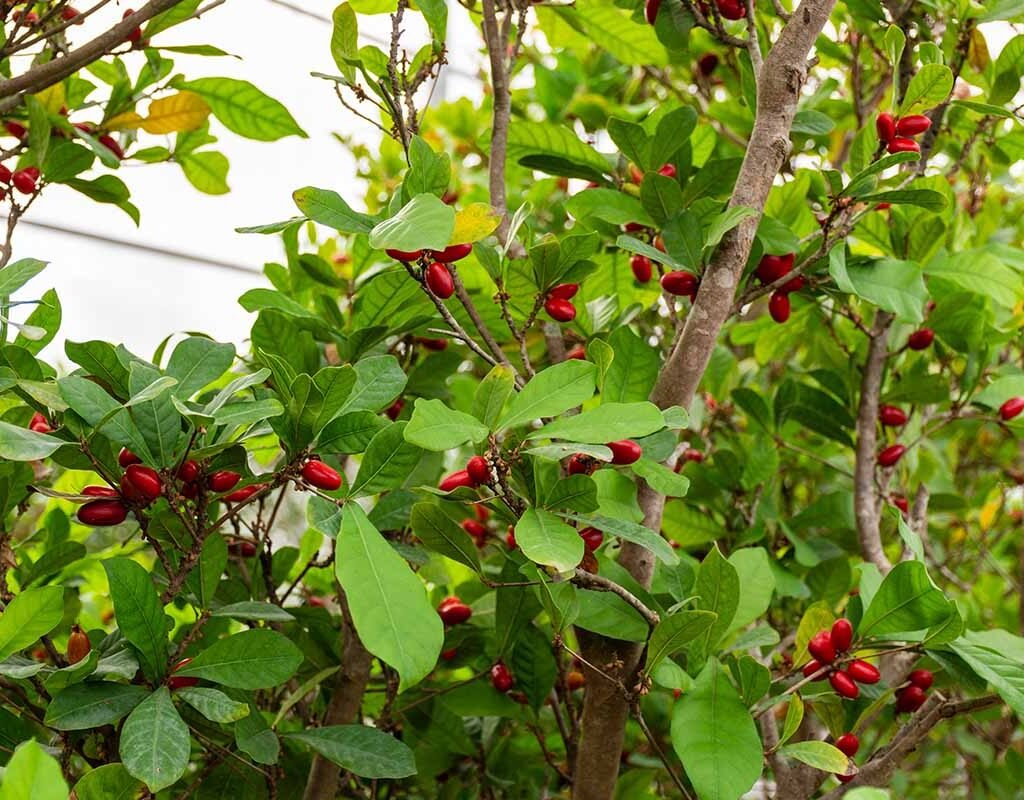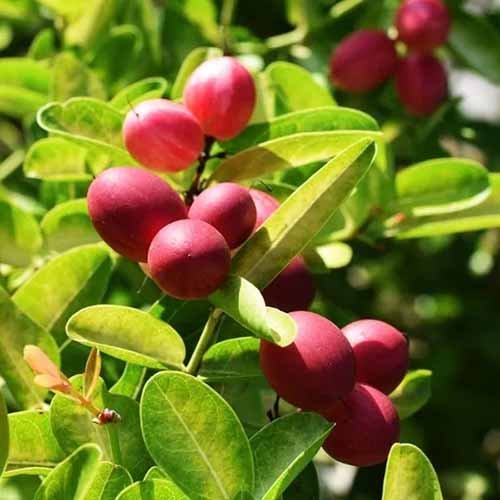Avocado trees are an incredibly rewarding addition to any garden, offering lush foliage and creamy fruit right from your backyard. However, even experienced gardeners can encounter challenges — like a struggling or sickly tree. In this guide, inspired by the video “Avocado Bacon, investigating my very sickly plant and appropriate treatment (bare rooting),” we’ll take a deep dive into understanding why your Bacon avocado might be declining, how to diagnose problems, and step-by-step techniques to revive it — including the effective method of bare-rooting.
Whether you’re a first-time avocado grower or have years of experience, this comprehensive guide will give you the tools to bring a stressed tree back to life.
Understanding the Bacon Avocado Tree
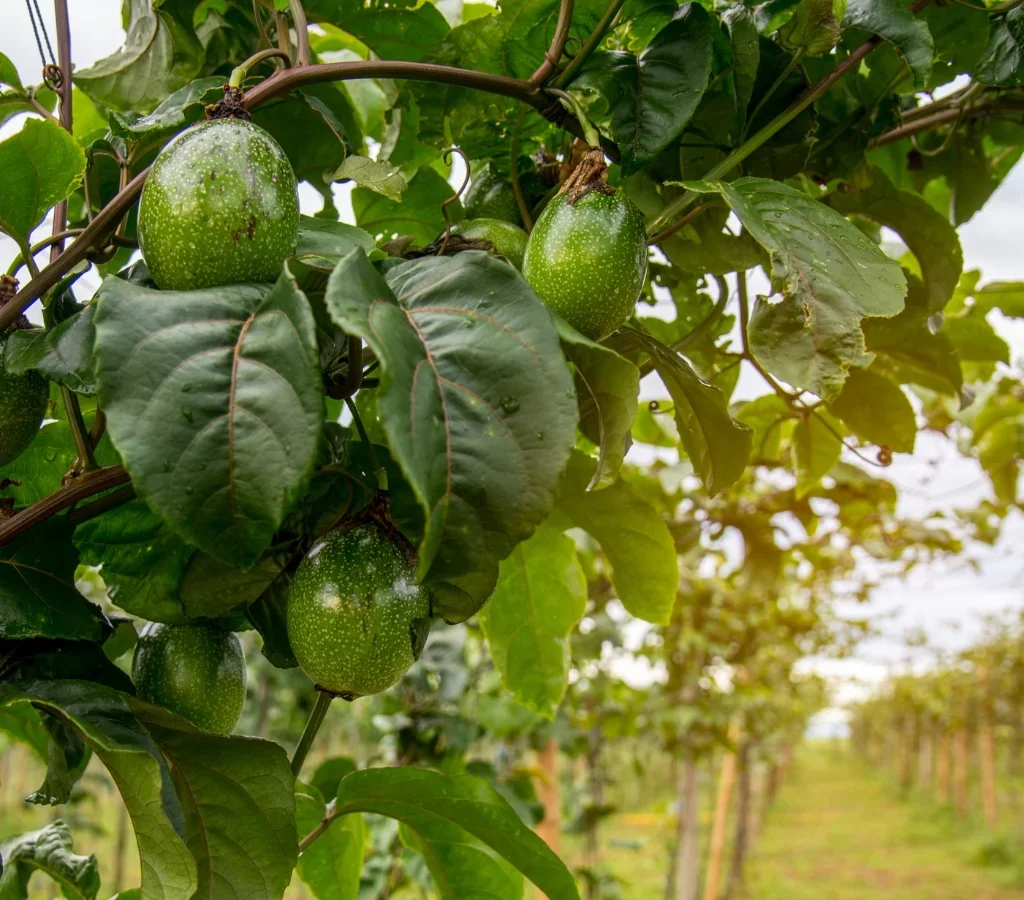
The Bacon avocado is a versatile, cold-hardy variety prized for its smooth, light-green flesh and mild flavor. Named after its discoverer rather than the breakfast staple, the Bacon avocado is a Type B flowering variety, making it an excellent pollinator companion for Type A avocados like Fuerte or Hass.
Key Features of Bacon Avocado:
- Cold tolerance: Can survive temperatures as low as 28°F (-2°C).
- Fruit: Medium-sized, creamy, mild-flavored, and great for salads or guacamole.
- Tree growth: Medium-sized, with an upright canopy that spreads naturally.
- Growth preference: Thrives in well-draining soil, full sun, and moderate watering.
Despite its resilience, Bacon avocados are not immune to stress, disease, or poor growing conditions. Recognizing the early signs of trouble is essential for effective treatment.
Common Causes of a Sickly Bacon Avocado
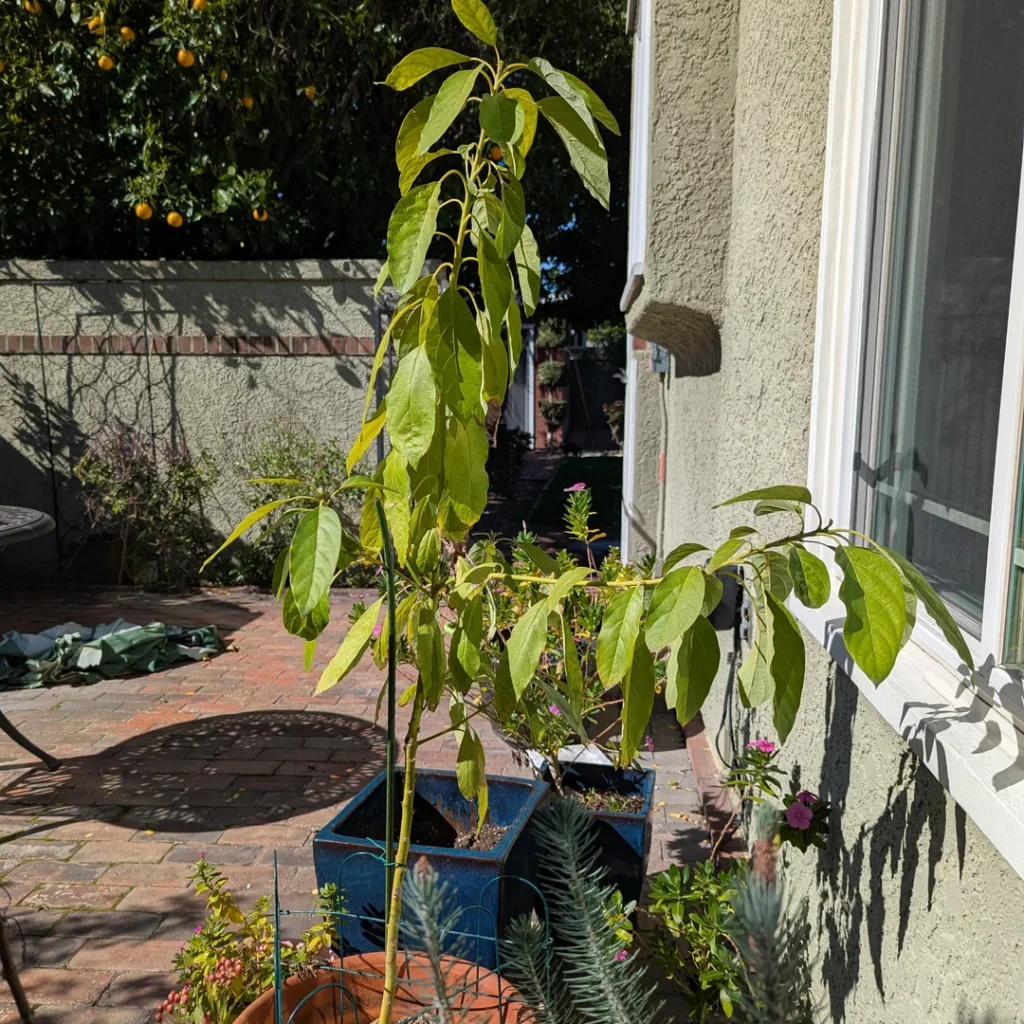
A sickly avocado tree can display yellowing leaves, drooping foliage, stunted growth, or poor fruiting. Here are common causes:
1. Poor Soil Drainage
Avocado trees are highly sensitive to waterlogged soil. Roots can suffocate in standing water, leading to root rot (Phytophthora cinnamomi), one of the most common and deadly avocado diseases.
2. Nutrient Deficiencies
Avocados require nitrogen, potassium, magnesium, zinc, and iron for healthy growth. Deficiencies can cause:
- Yellow leaves: Often nitrogen or iron deficiency.
- Brown leaf edges: Possible potassium or magnesium deficiency.
- Weak growth: Lack of essential micronutrients.
3. Overwatering or Underwatering
Both extremes stress the tree. Overwatering encourages root rot, while underwatering causes wilting and leaf drop.
4. Pests and Disease
Common pests include spider mites, thrips, and root aphids. Disease threats include fungal infections and sunburn on the trunk or branches.
5. Environmental Stress
- Sudden temperature changes
- Frost or extreme heat
- Wind damage
- Transplant shock or poor planting techniques
If your Bacon avocado is showing multiple symptoms, it may be a combination of these factors.
Step 1: Inspect and Diagnose
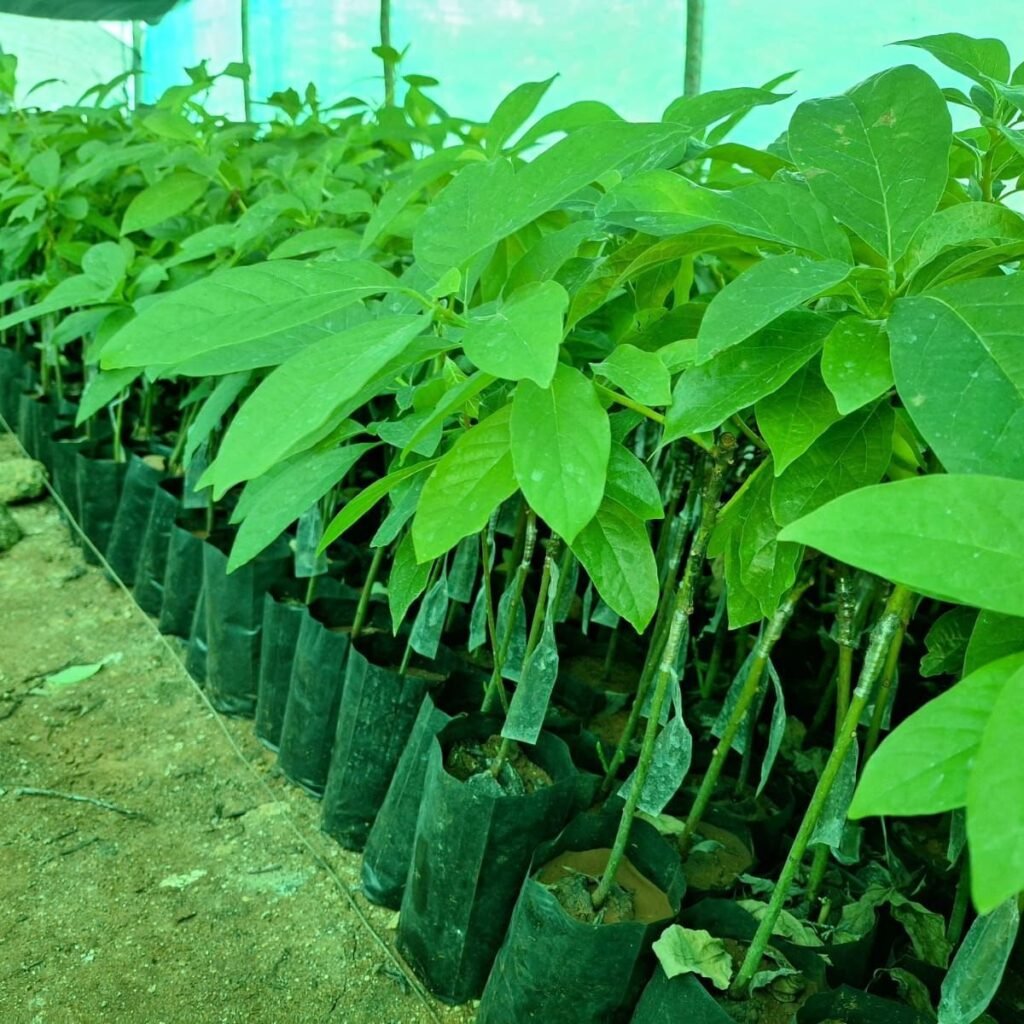
Before rushing into treatment, carefully inspect your tree:
- Leaves: Check for yellowing, spots, curling, or holes.
- Branches: Look for dieback, cracks, or weak growth.
- Roots: If visible, roots that are brown, mushy, or smell rotten indicate root rot. Healthy roots should be white or cream-colored and firm.
- Soil: Check moisture levels, drainage, and soil compaction.
Accurate diagnosis is critical. Misidentifying the problem can make treatment less effective or even harmful.
Step 2: Bare-Rooting the Bacon Avocado
Bare-rooting is a powerful method to revive a sickly avocado tree. It involves removing the tree from the soil, inspecting, and treating the roots, then replanting in optimal conditions.
Why Bare-Rooting Helps
- Removes diseased or damaged roots.
- Reduces the risk of soil-borne pathogens.
- Allows you to apply treatments directly to the root system.
- Gives the tree a fresh start in well-prepared soil.
Step-by-Step Bare-Rooting Process
- Preparation:
- Water the tree a day before bare-rooting to reduce stress.
- Gather tools: sharp pruning shears, a clean bucket, fungicide (if needed), and fresh soil or potting mix.
- Remove the Tree:
- Dig carefully around the root zone, about 1–2 feet from the trunk.
- Lift the tree gently, keeping as many roots intact as possible.
- Inspect and Prune Roots:
- Remove any brown, mushy, or rotten roots.
- Trim minor damaged roots to encourage new growth.
- If root rot is present, soak the roots in a fungicide solution according to label instructions.
- Prepare a Healthy Planting Site:
- Choose a well-draining location in full sun.
- Amend soil with compost and perlite or sand to improve aeration.
- If planting in a container, use a mix designed for citrus or succulents.
- Replanting:
- Place the tree so that the root crown is slightly above soil level.
- Backfill with fresh soil, gently pressing around roots to remove air pockets.
- Water deeply to settle the soil and reduce transplant shock.
Bare-rooting is stressful for the tree, so careful aftercare is essential.
Step 3: Post-Bare-Root Care
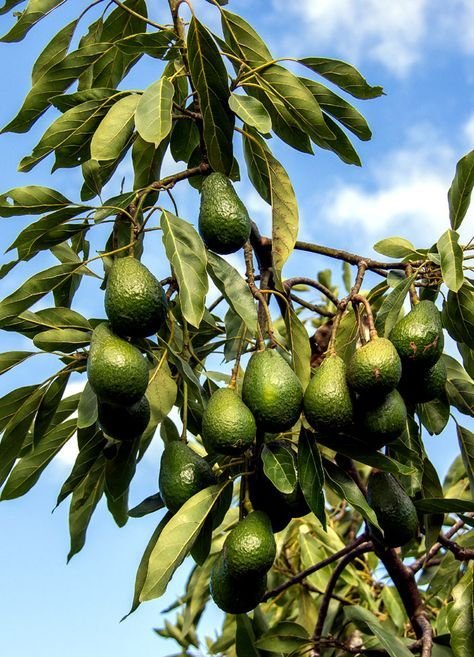
After bare-rooting, your Bacon avocado will need extra attention:
Watering
- Water consistently, keeping soil moist but not soggy.
- For the first two weeks, monitor daily to prevent drying out.
- Gradually reduce watering frequency as roots re-establish.
Sunlight and Shelter
- Provide partial shade for 1–2 weeks if the tree was stressed by heat.
- Protect from strong wind or frost during recovery.
Fertilization
- Avoid heavy fertilization immediately after bare-rooting.
- After 3–4 weeks, apply a balanced avocado fertilizer with micronutrients.
- Ensure trace elements like zinc and magnesium are included, as they support new growth.
Monitoring Growth
- Watch for new leaves and shoots as indicators of recovery.
- Remove any dead or dying branches to focus energy on healthy growth.
Step 4: Preventing Future Problems
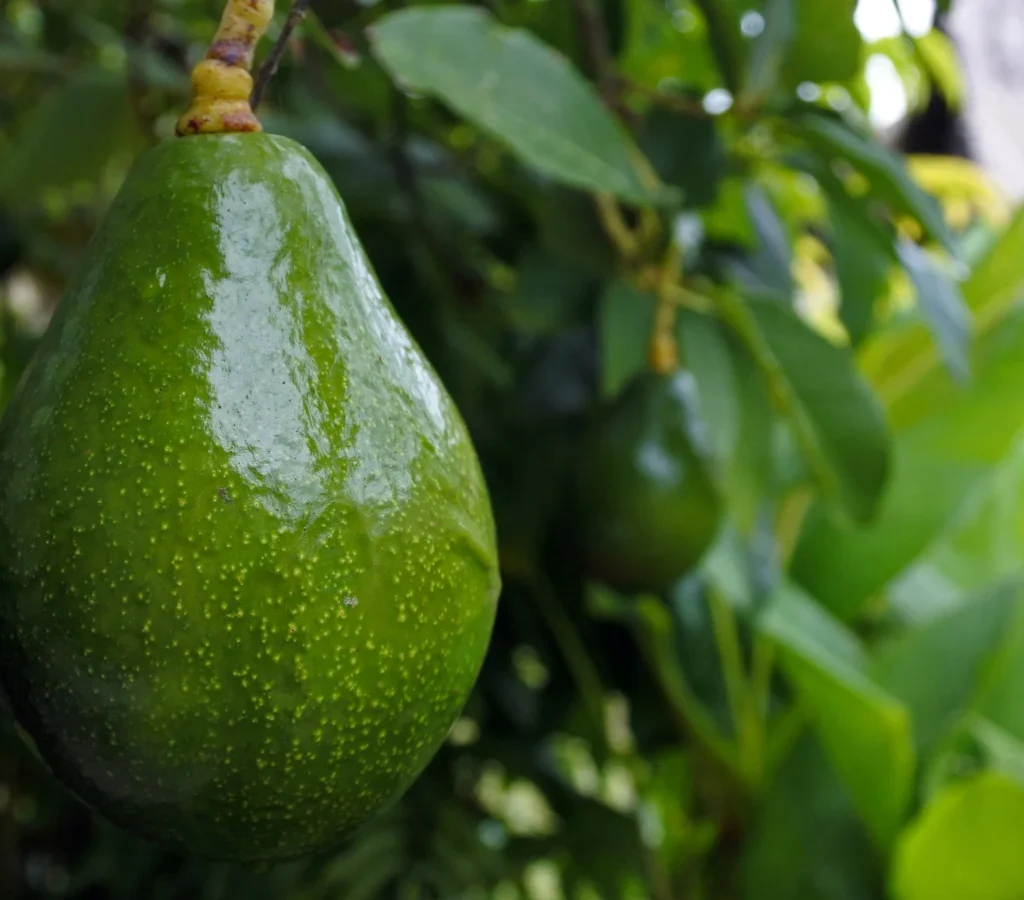
Once your tree is healthy again, implement these practices to maintain its vigor:
- Proper Watering: Adjust to seasonal needs; reduce watering during cool or rainy periods.
- Mulching: Apply a 3–4 inch layer of organic mulch to retain soil moisture and suppress weeds.
- Nutrient Management: Conduct soil tests every 1–2 years to fine-tune fertilization.
- Pest and Disease Monitoring: Regularly inspect for signs of spider mites, aphids, or fungal infections.
- Pruning: Remove weak, crossing, or dead branches to encourage strong structure and airflow.
Step 5: Patience and Observation
Recovering a sickly Bacon avocado tree takes time. Expect several months for visible improvement. Key signs of recovery include:
- New leaf growth
- Strong, green shoots
- Reduced leaf drop
- Improved root vigor
Patience and careful observation are essential. Treat minor issues early and avoid overreacting with chemicals, which can further stress the tree.
Bonus Tips for Container-Grown Bacon Avocados
Many gardeners grow avocados in pots, which makes bare-rooting a bit easier and helps control soil quality:
- Use a 20–25 gallon container with drainage holes.
- Avoid compacted potting soil; a mix of compost, perlite, and sandy loam works well.
- Fertilize with liquid avocado food every 6–8 weeks.
- Rotate the pot to ensure even sunlight exposure.
- Move indoors or provide frost protection during winter if you live in a cooler climate.
Container-grown trees respond well to bare-rooting since you can inspect roots without extensive digging.
Final Thoughts
A sickly Bacon avocado tree is not a lost cause. With careful diagnosis, proper bare-rooting, and attentive aftercare, you can bring your tree back to health and enjoy years of delicious, creamy fruit.
Key takeaways:
- Identify the root cause of stress before treating.
- Bare-rooting is an effective method to remove diseased roots and rejuvenate growth.
- Provide consistent water, balanced nutrients, and proper shelter during recovery.
- Monitor carefully and practice preventive care to avoid future issues.
By following these steps, your Bacon avocado can recover, grow strong, and eventually reward you with bountiful harvests — making all the effort worthwhile.
Healthy roots mean a healthy tree, and a healthy Bacon avocado tree means creamy, delicious fruit straight from your garden!
